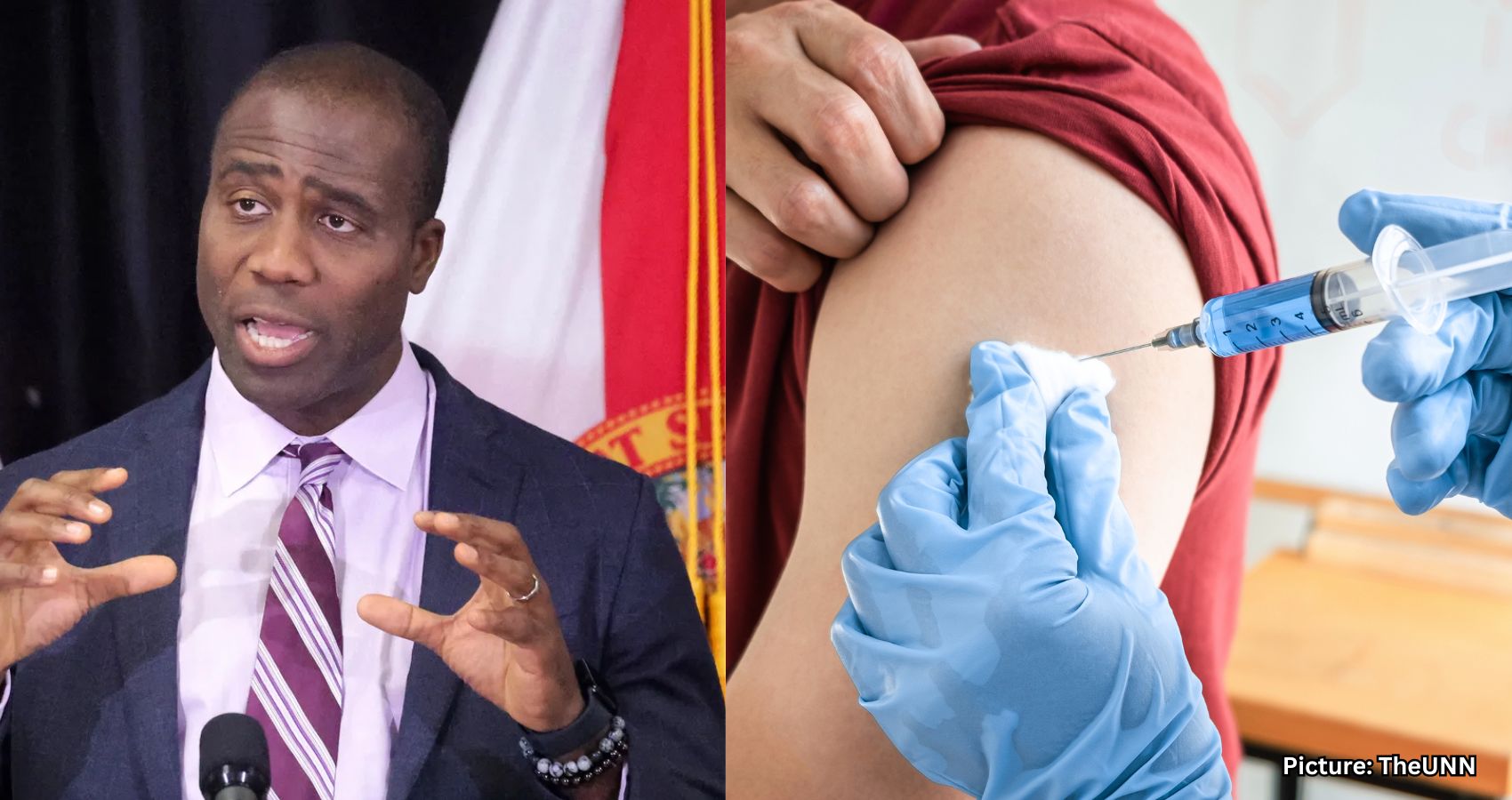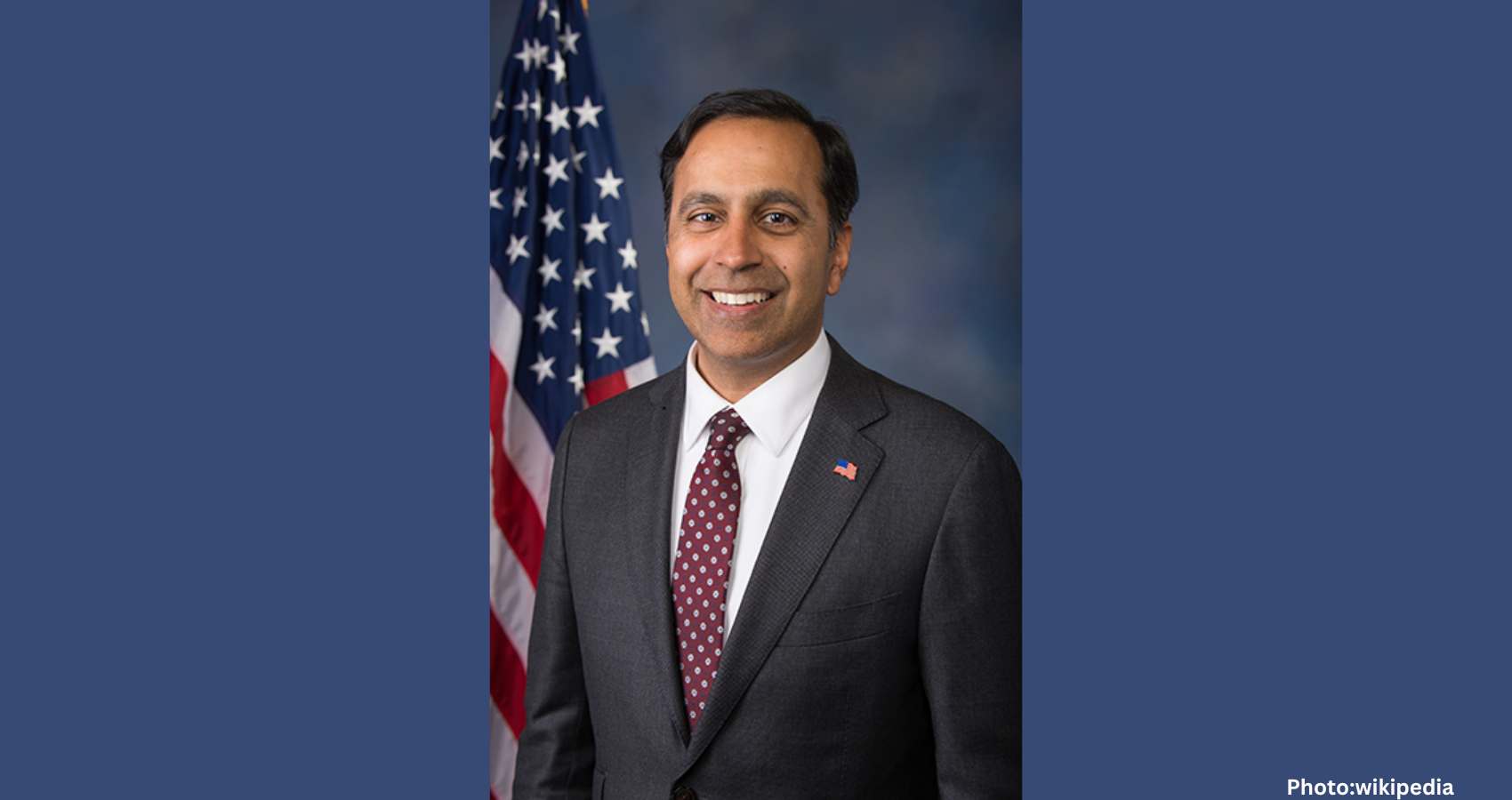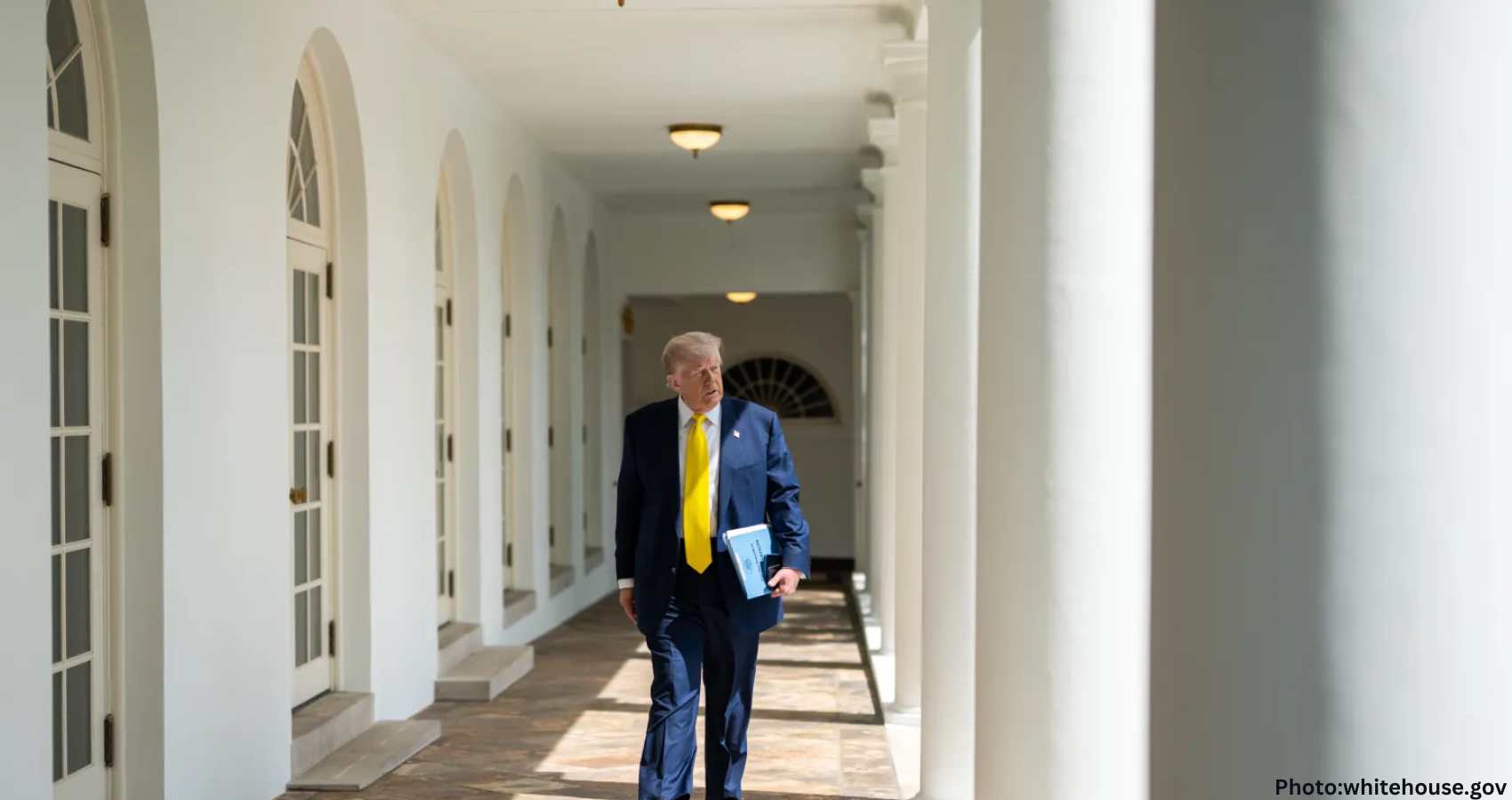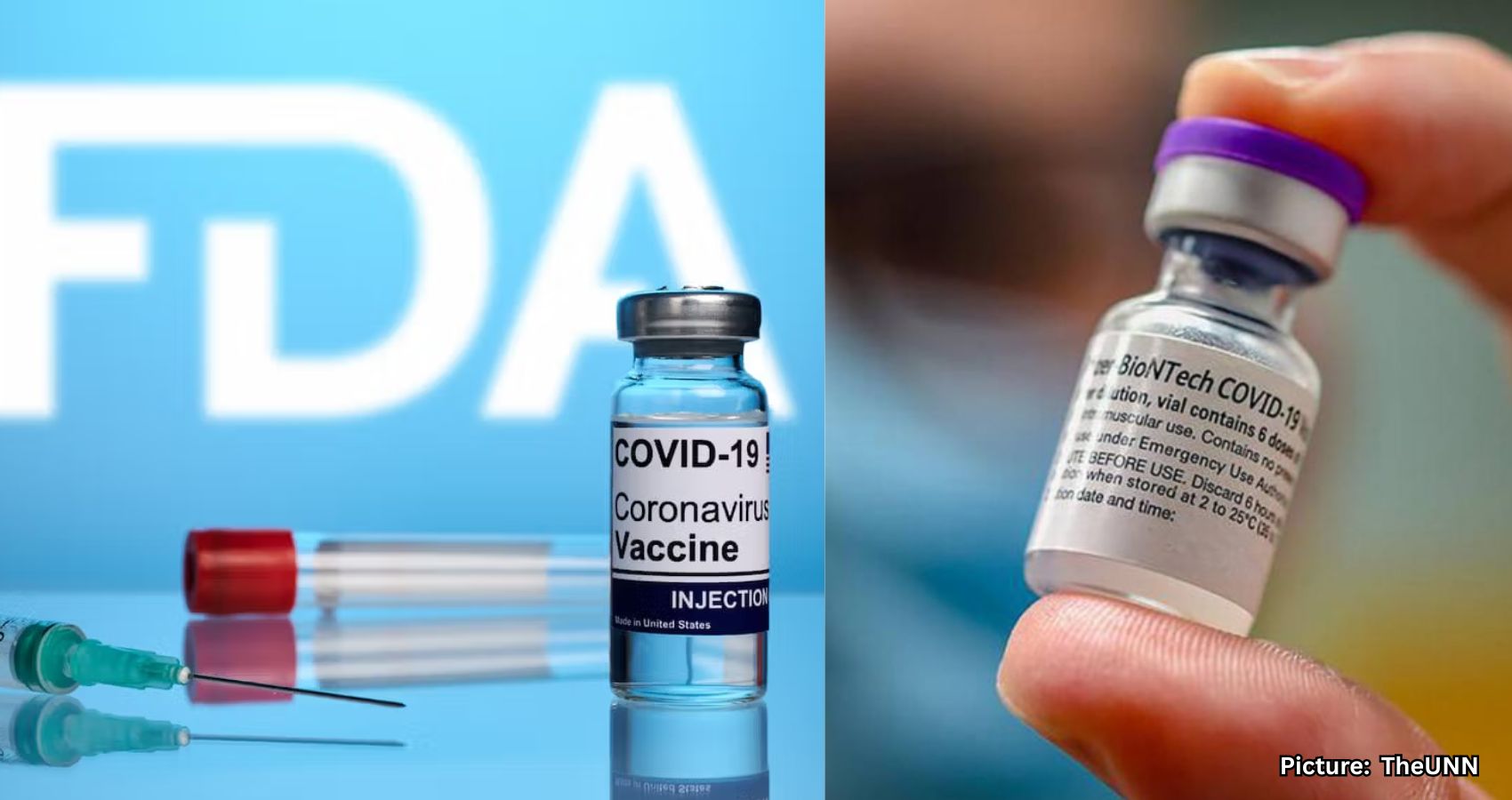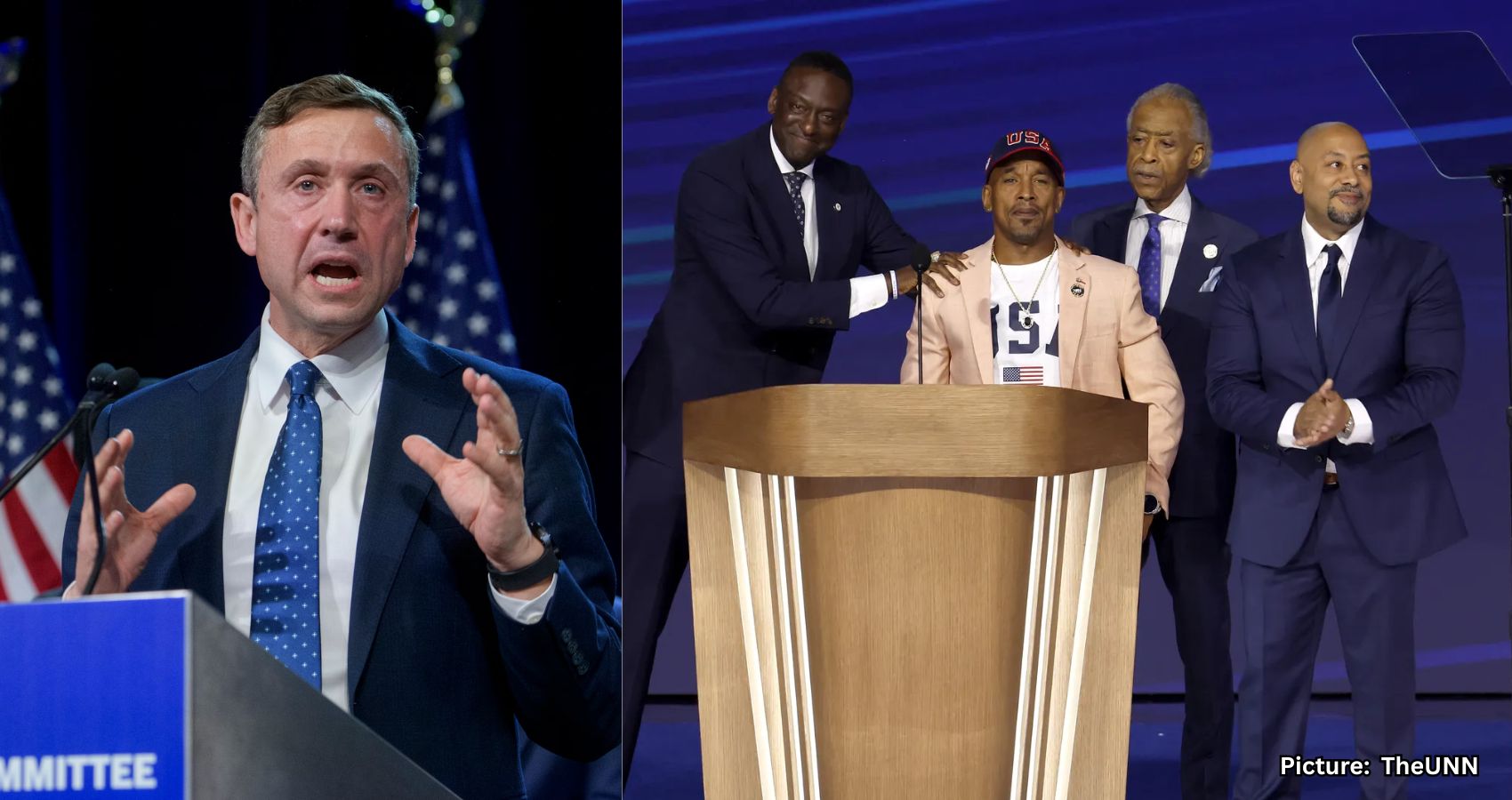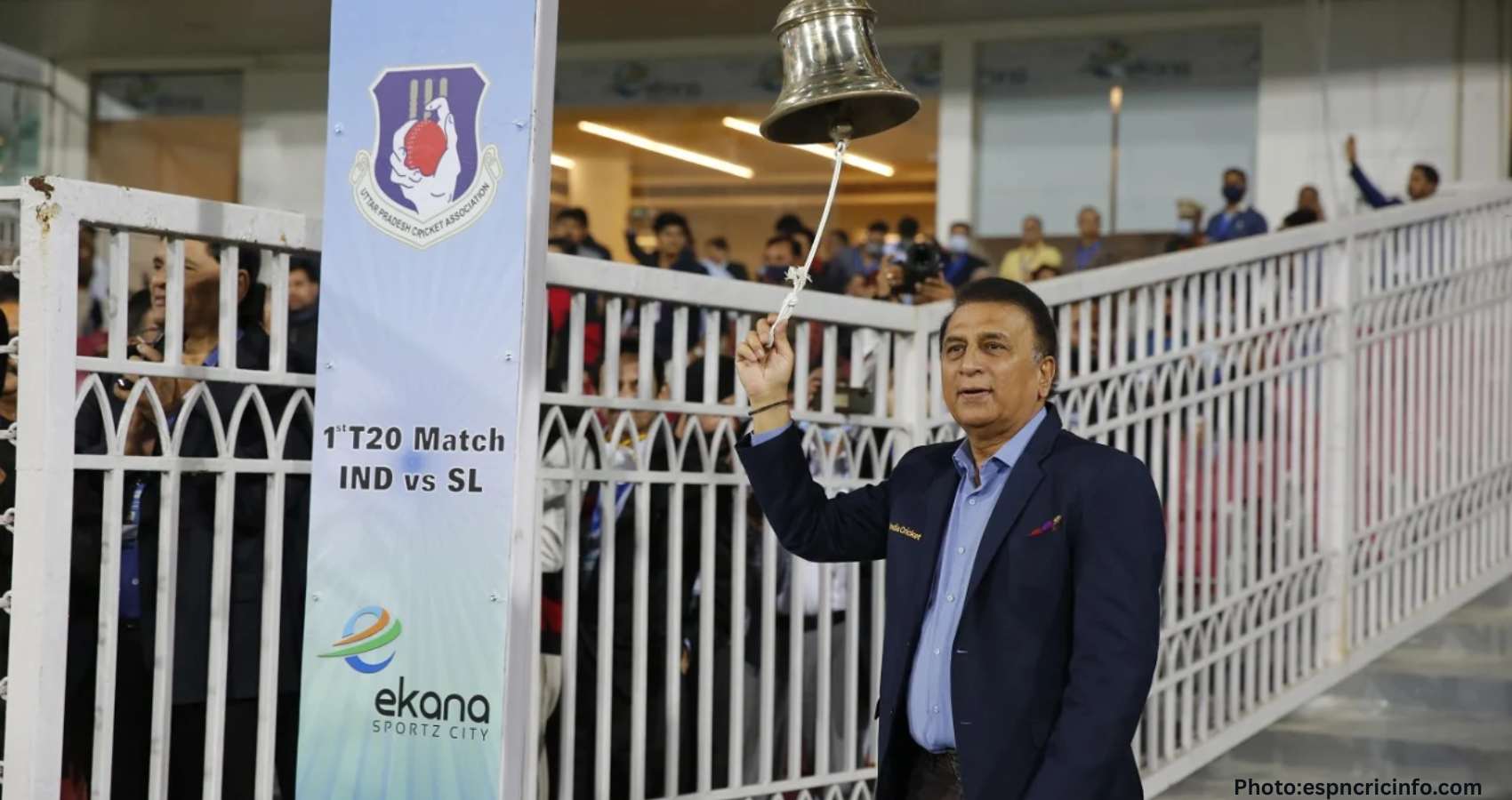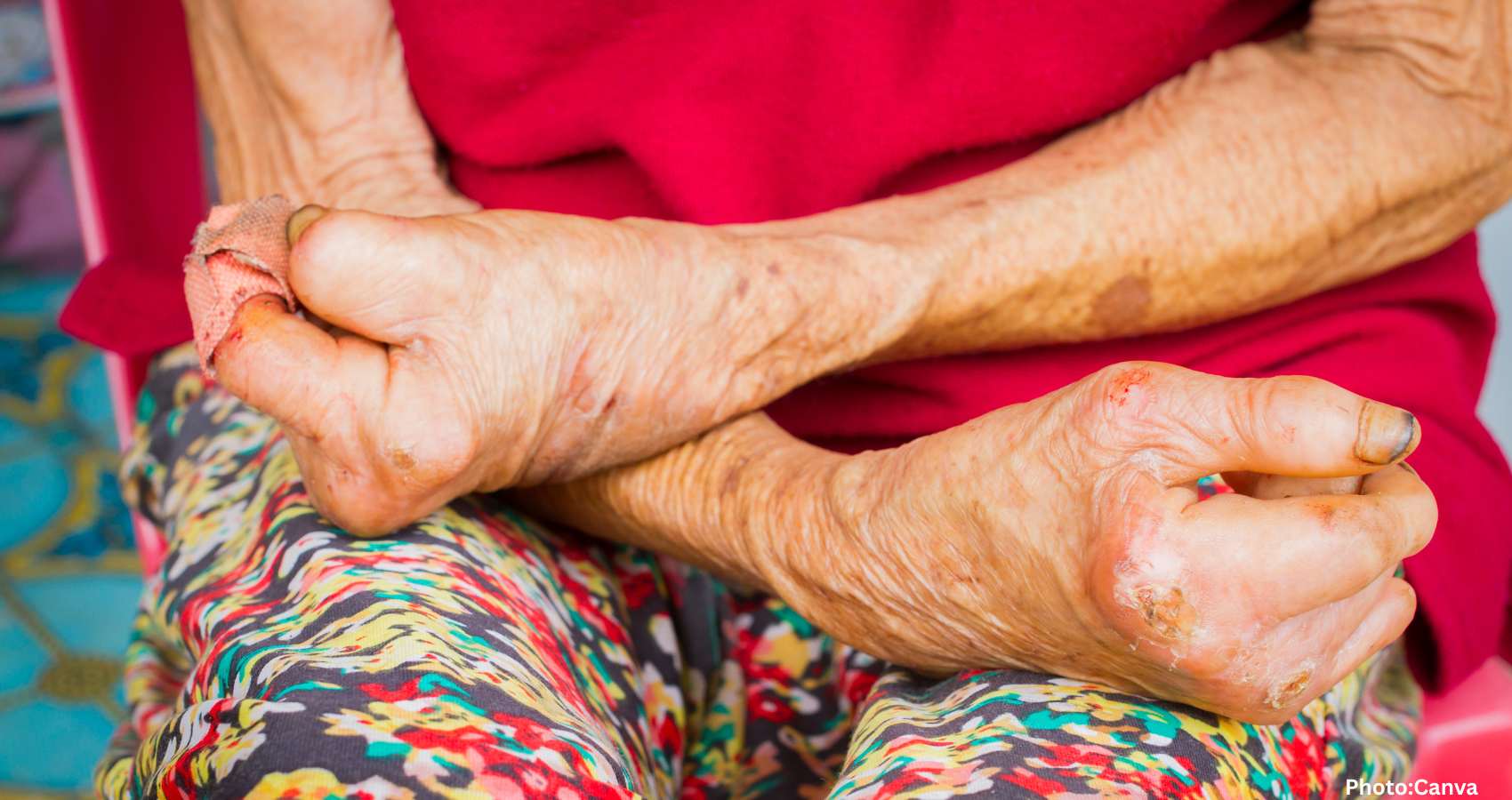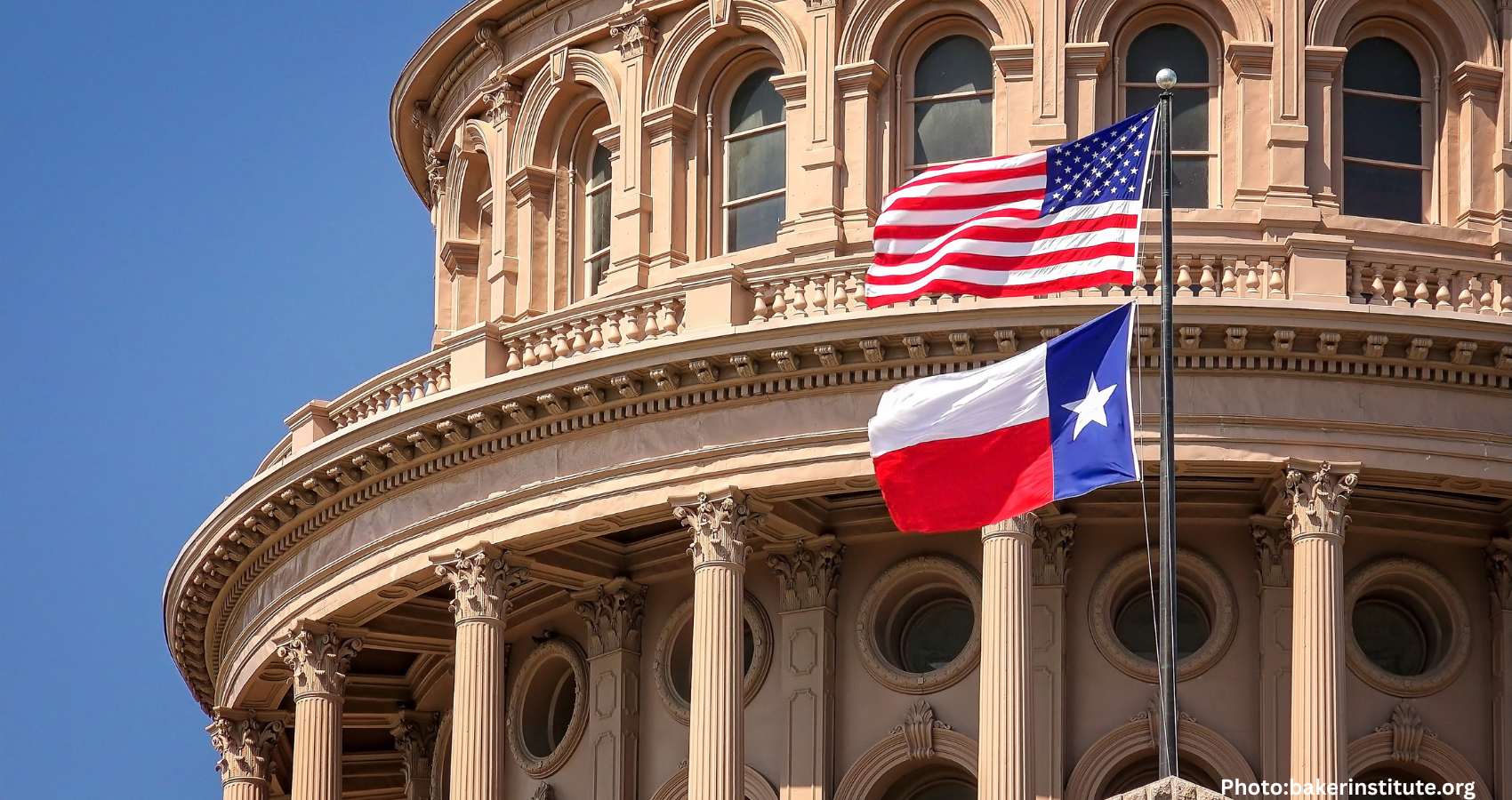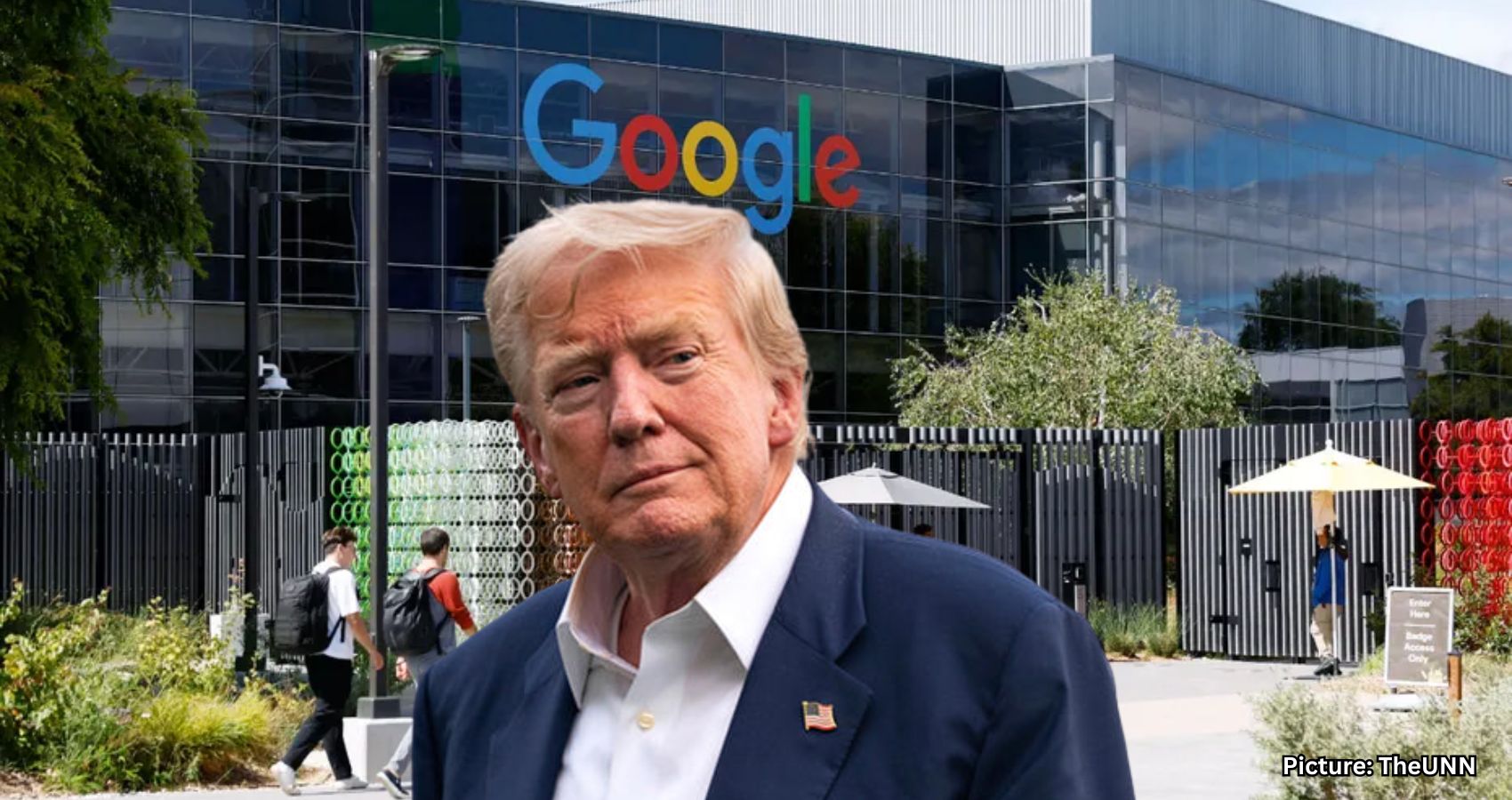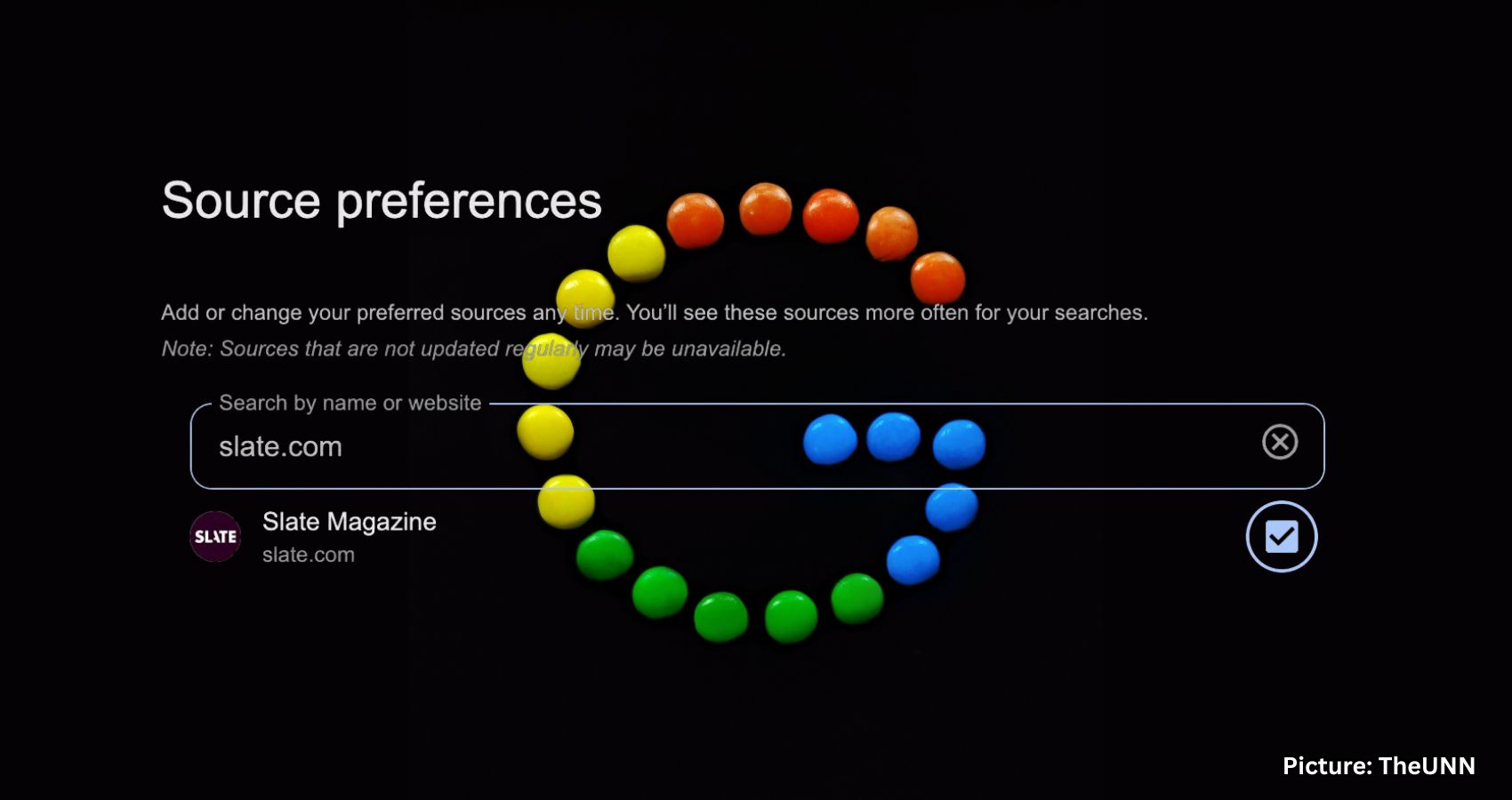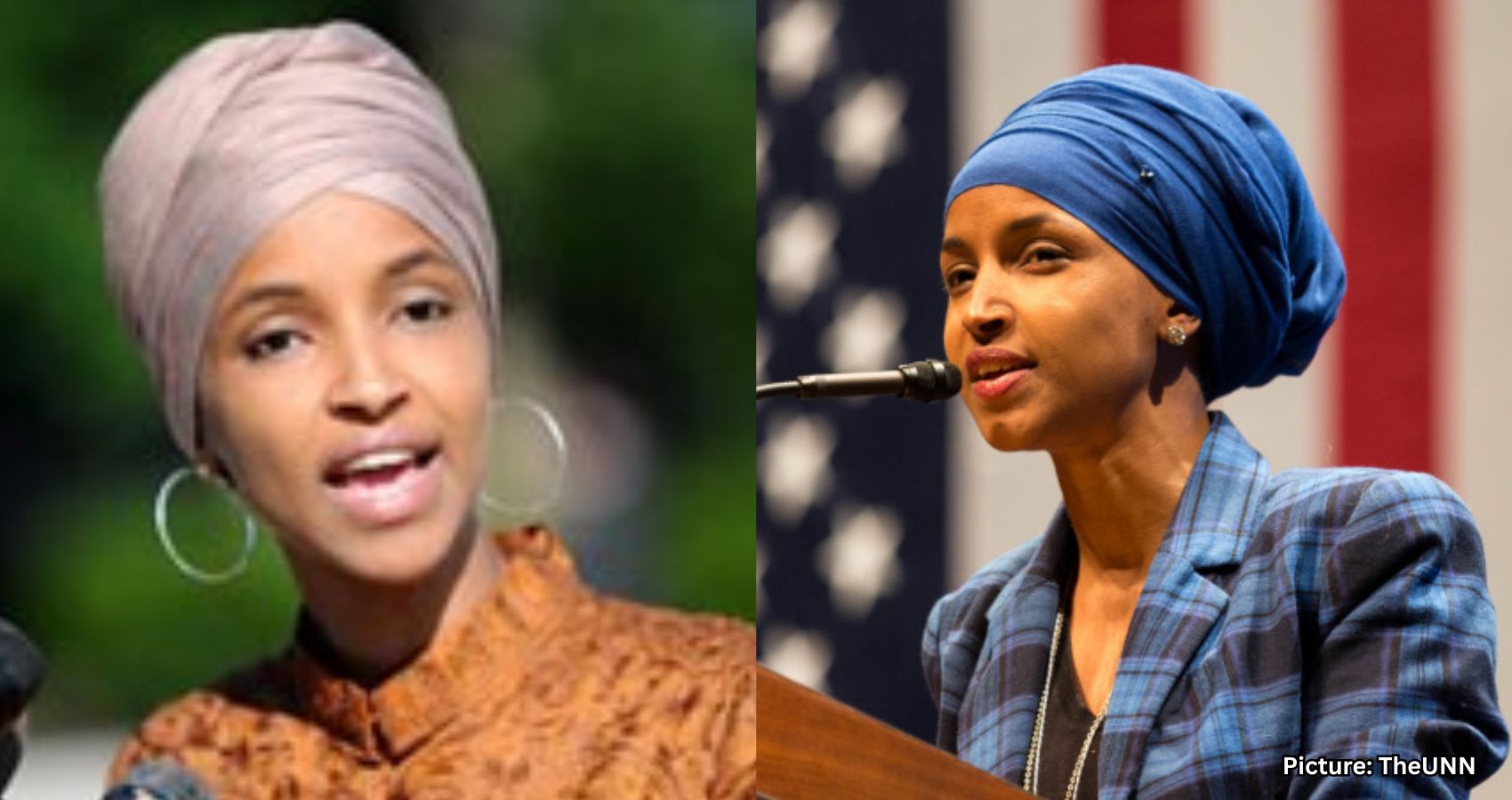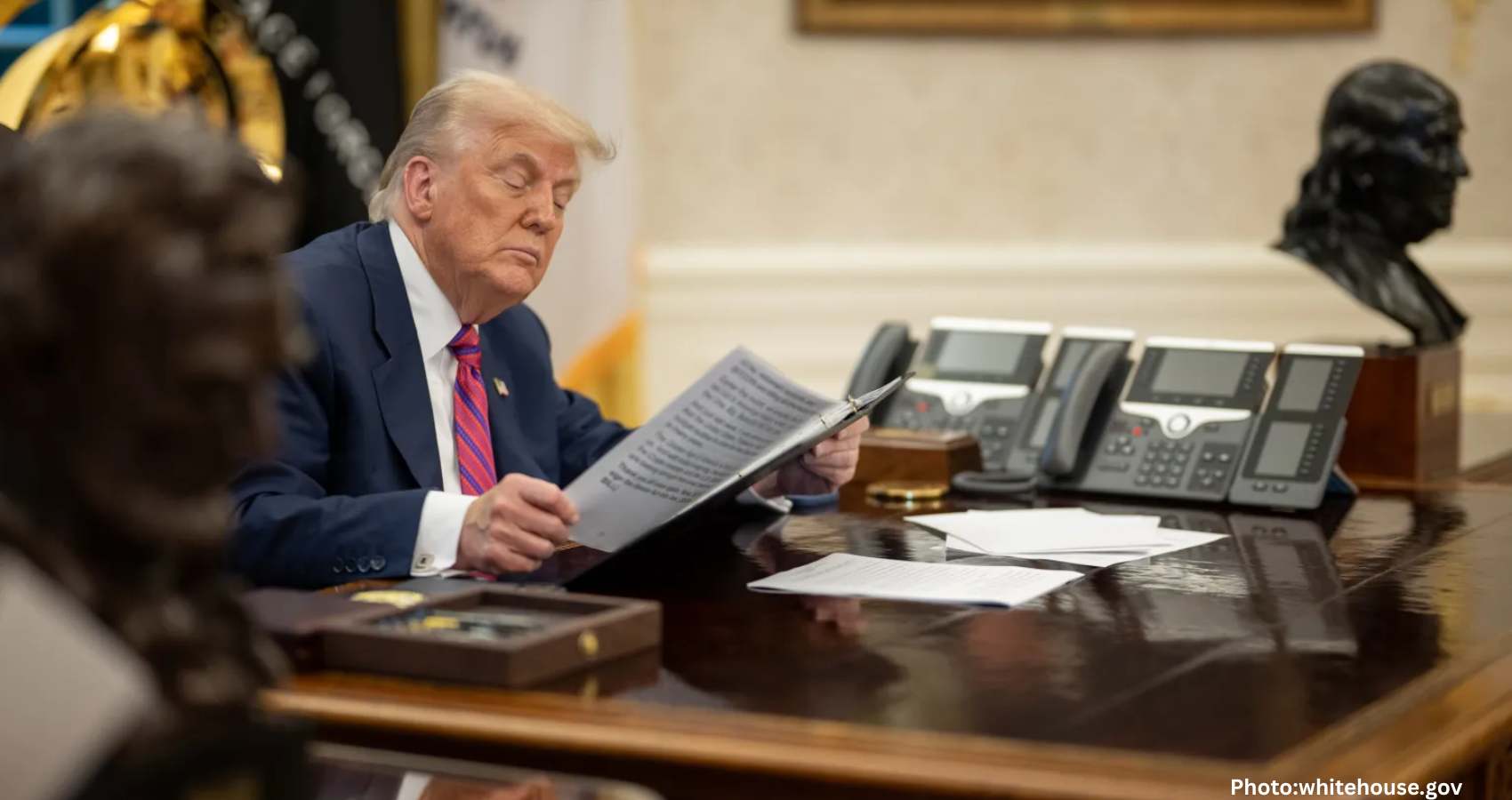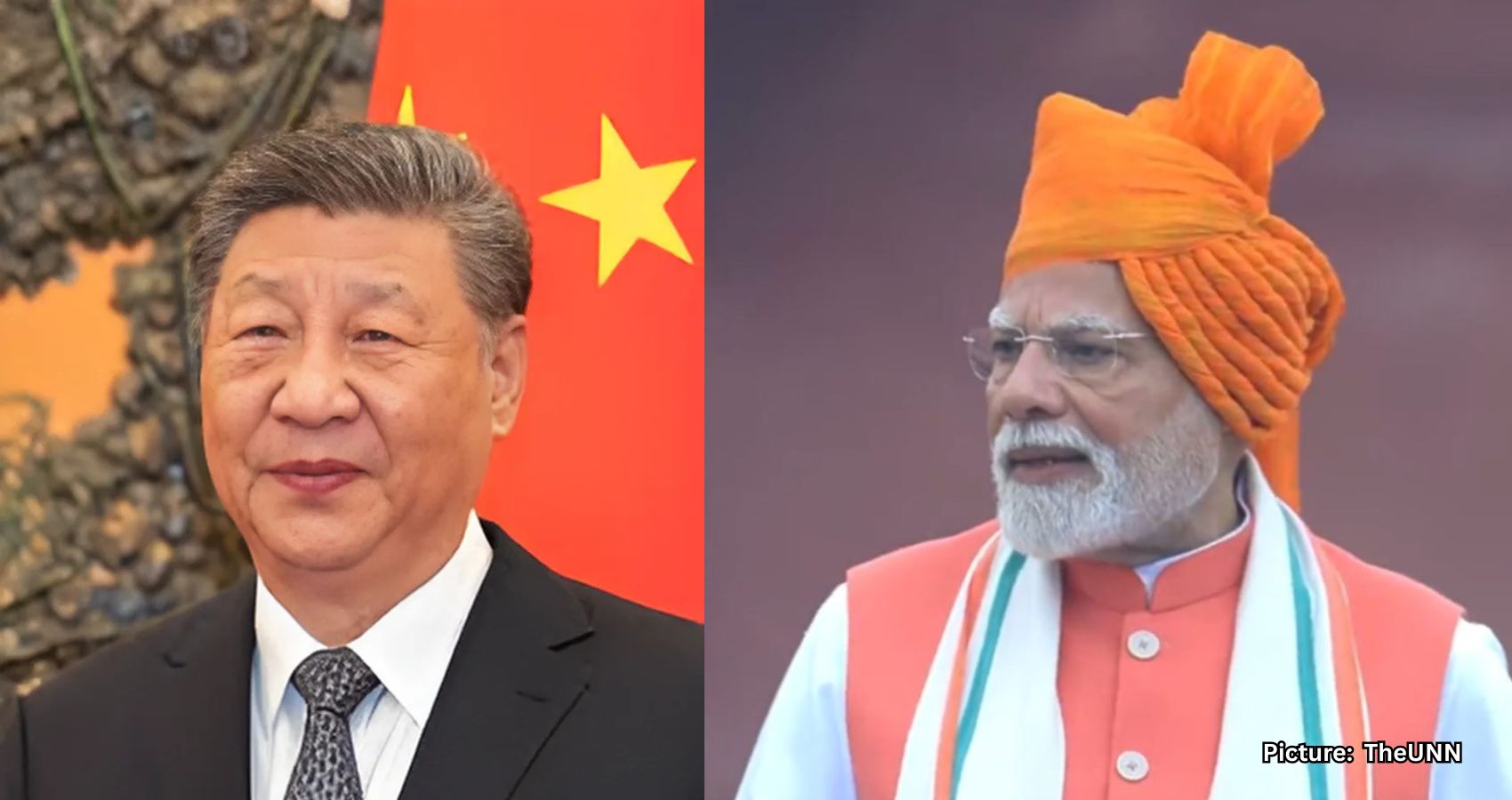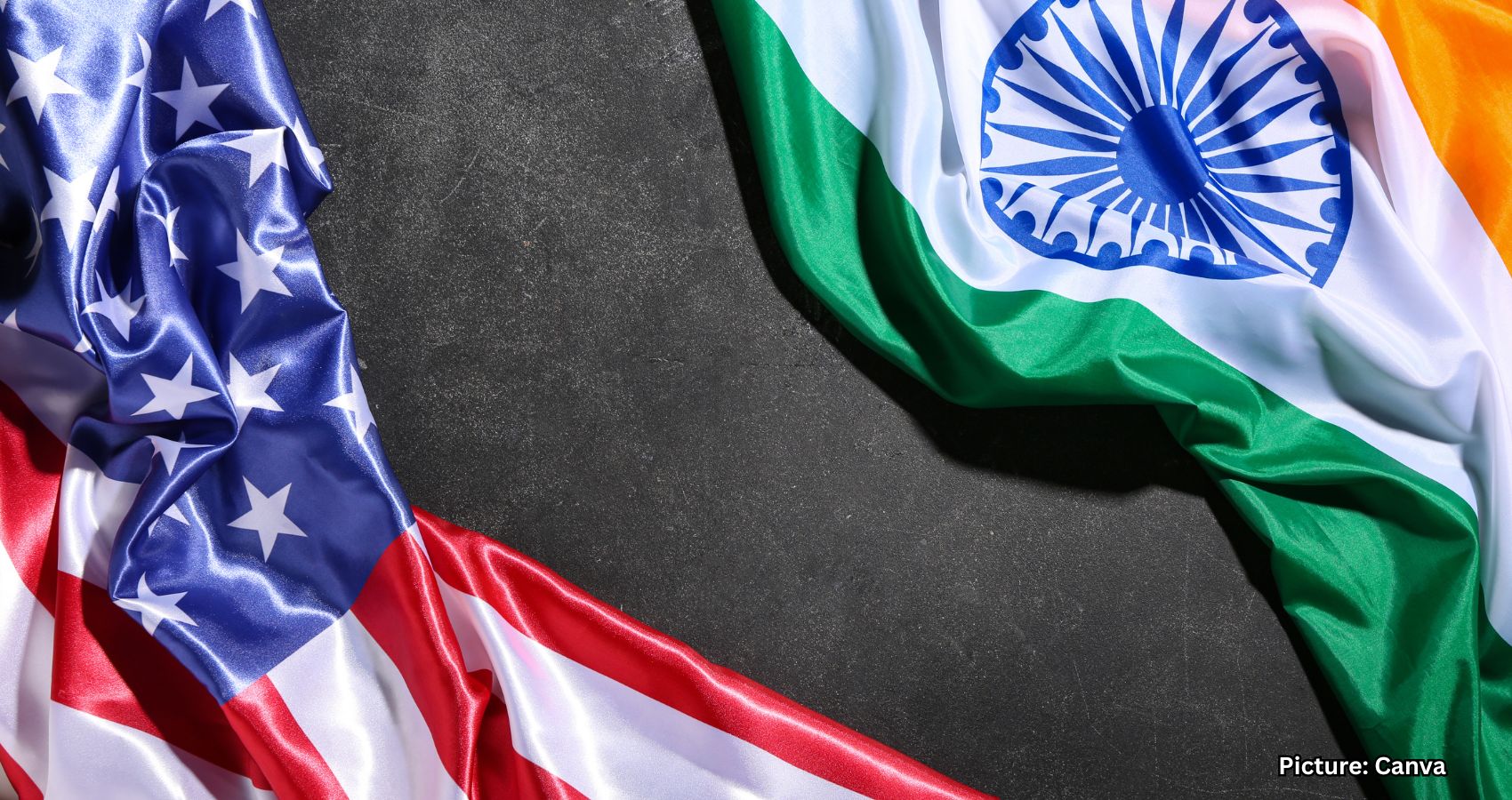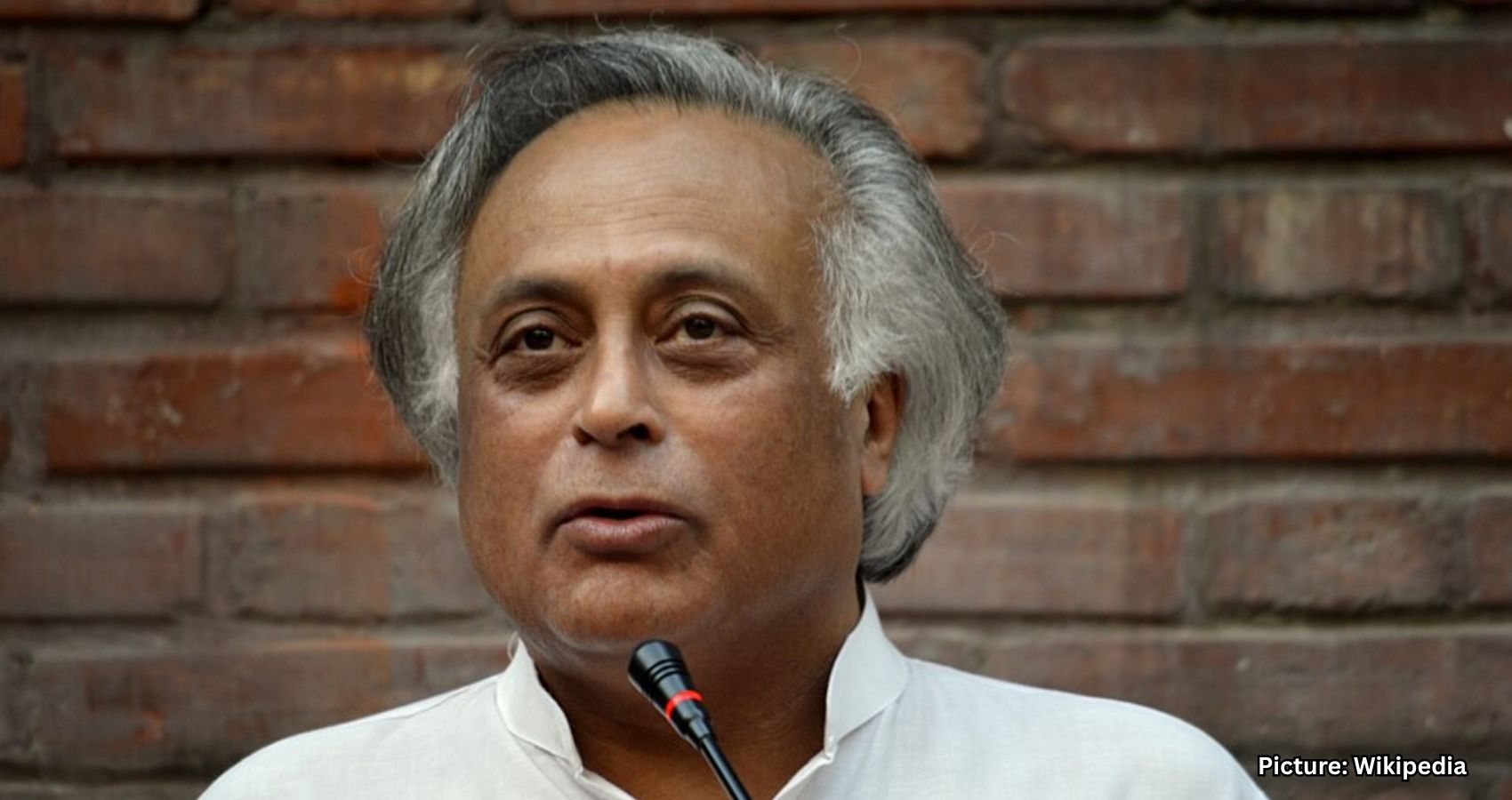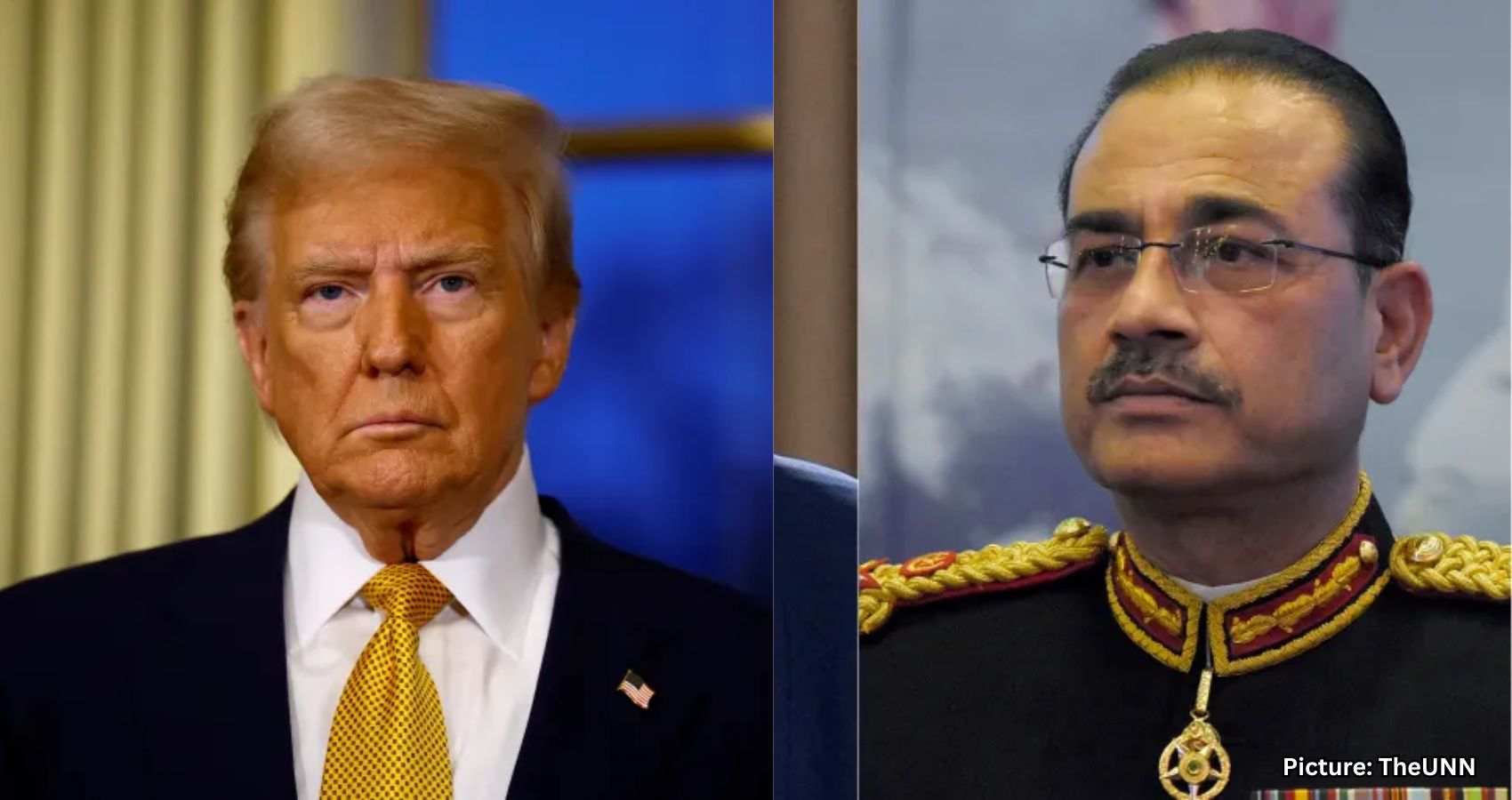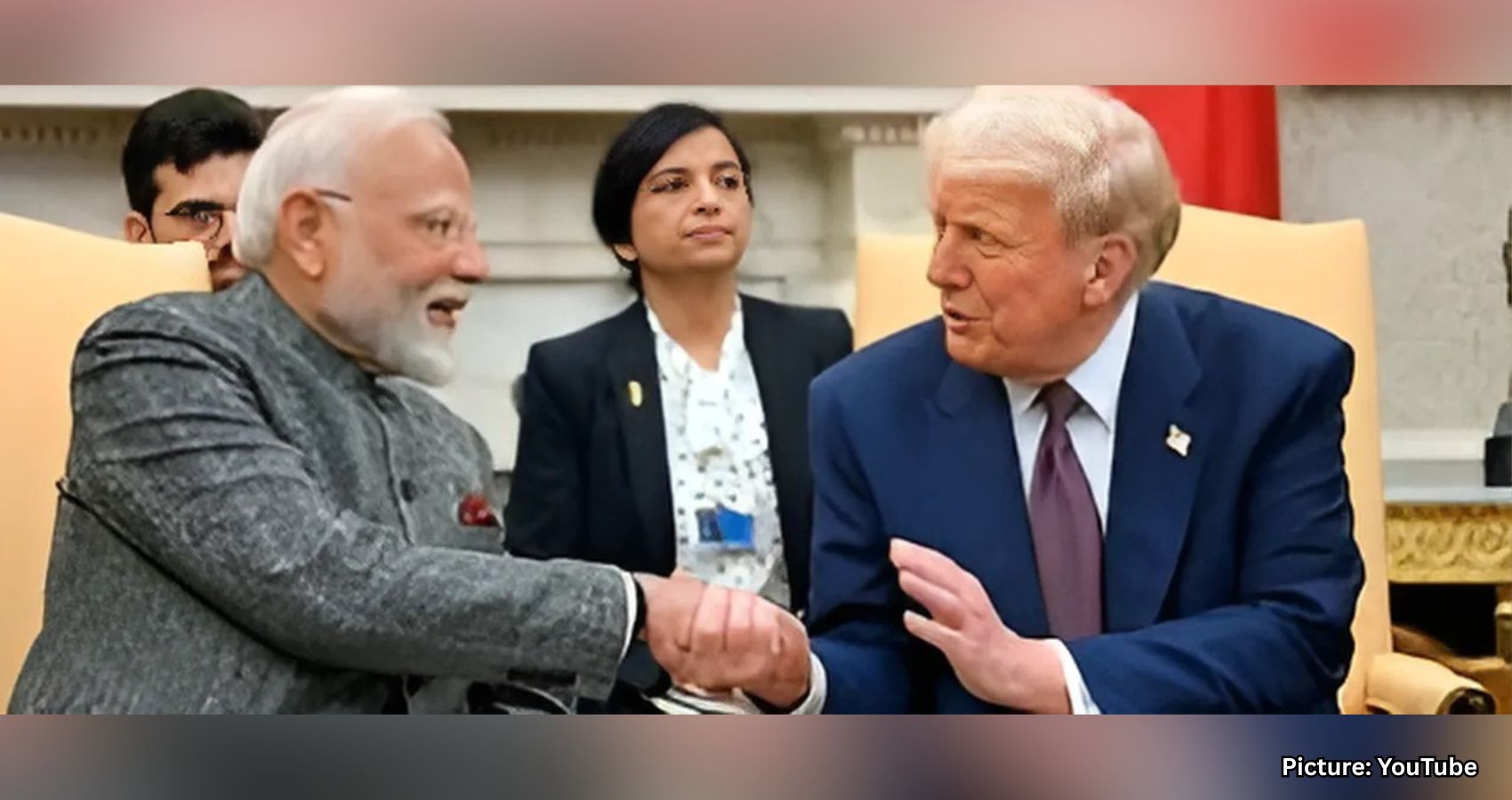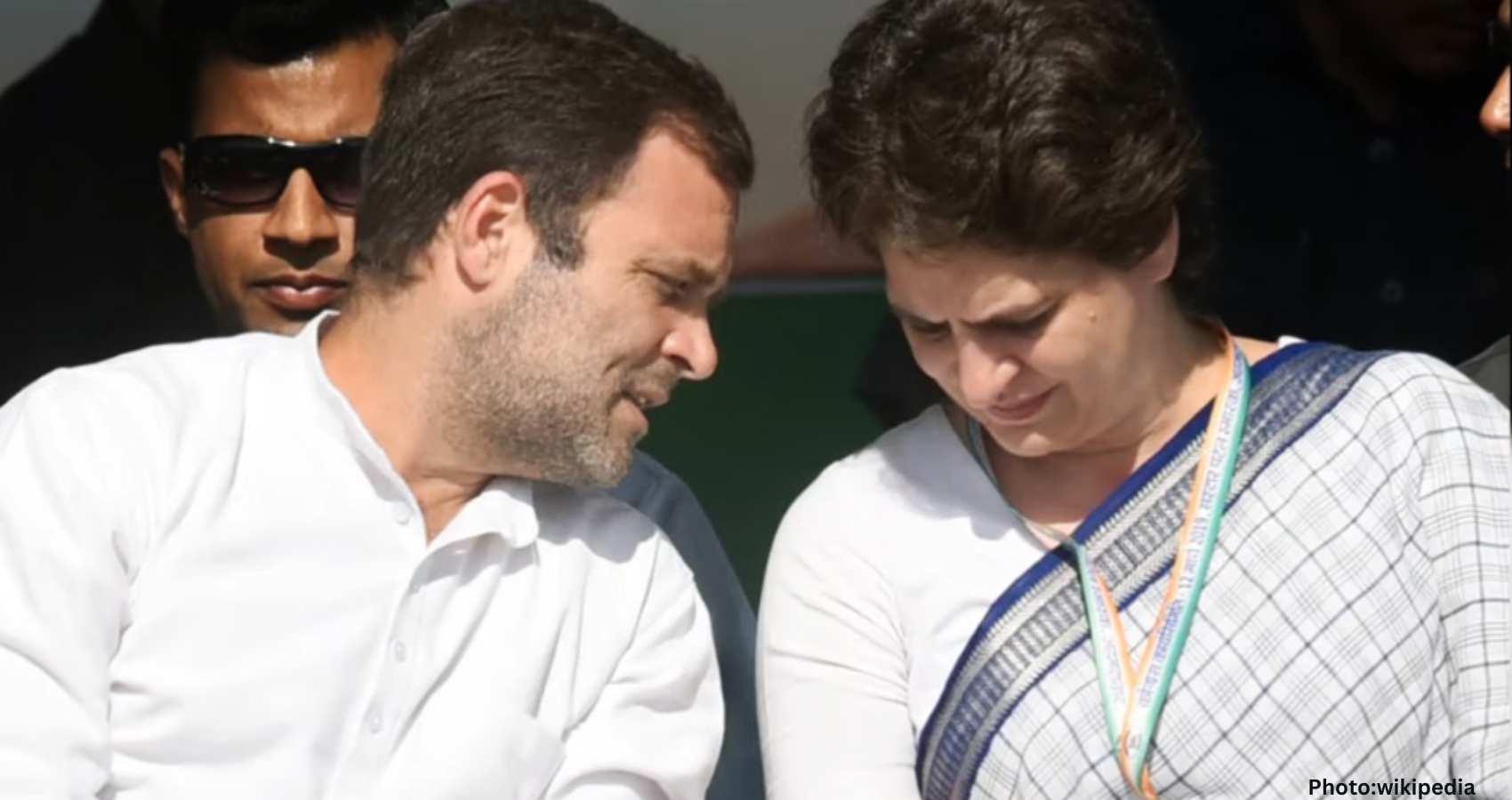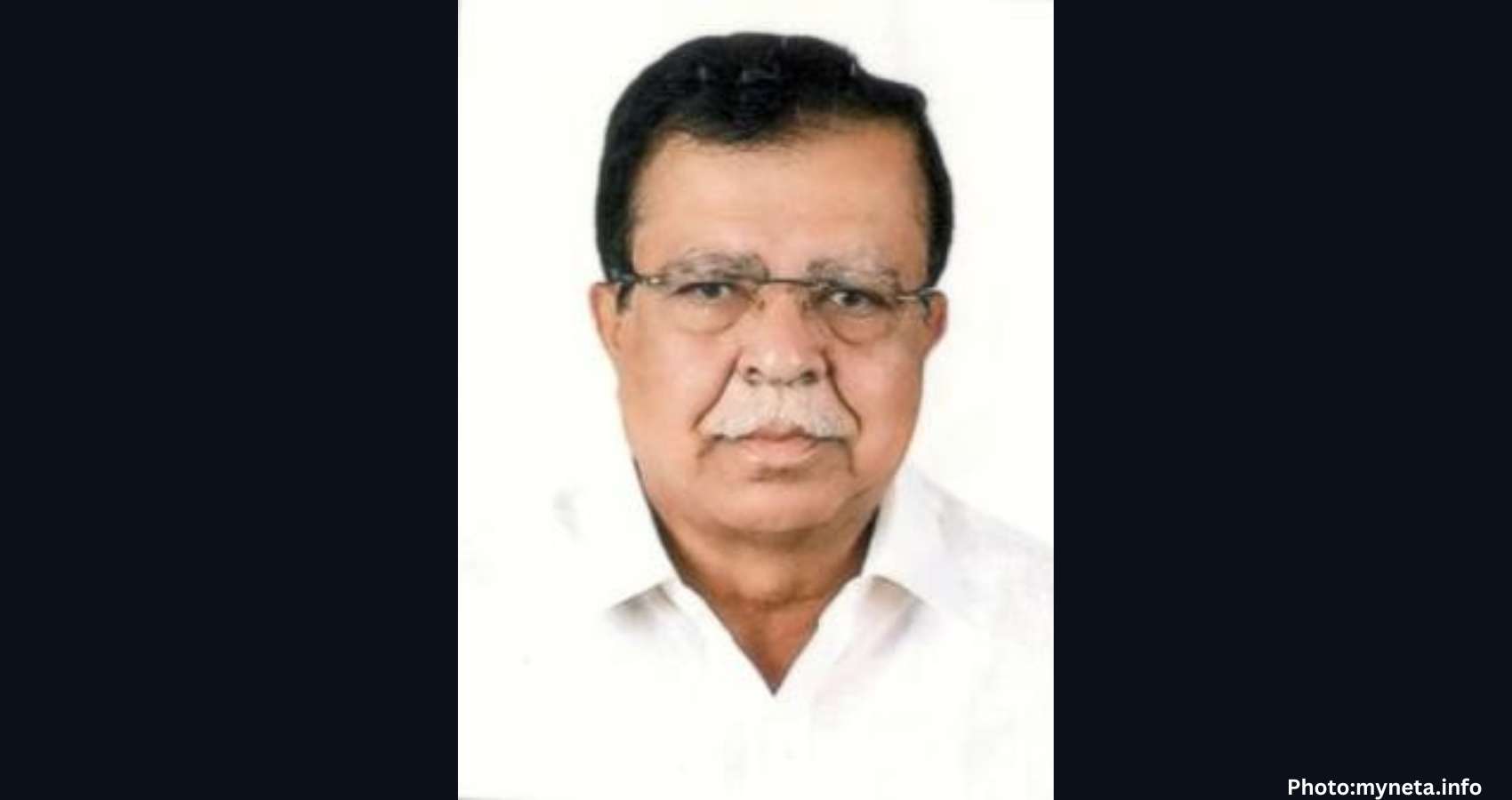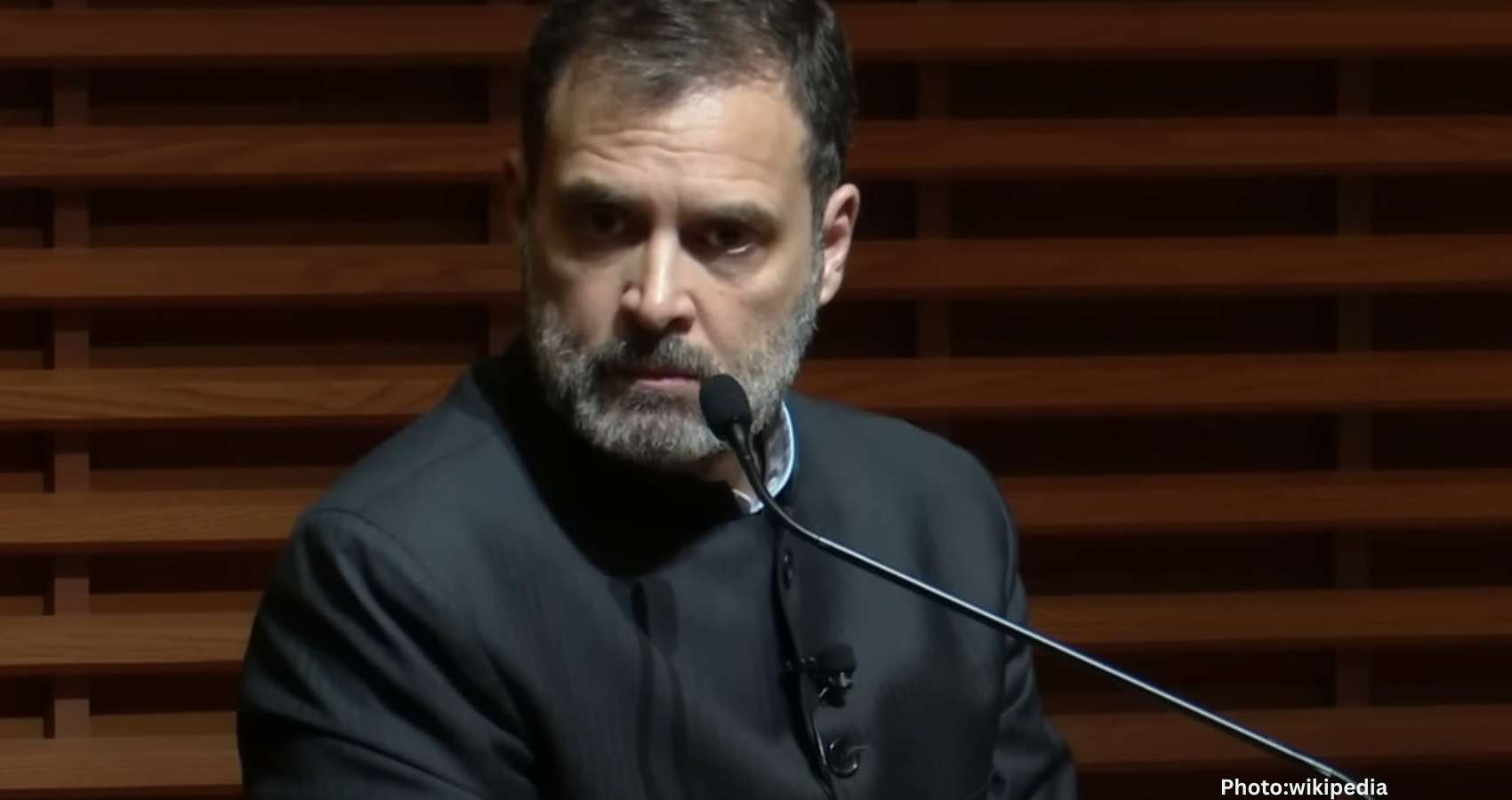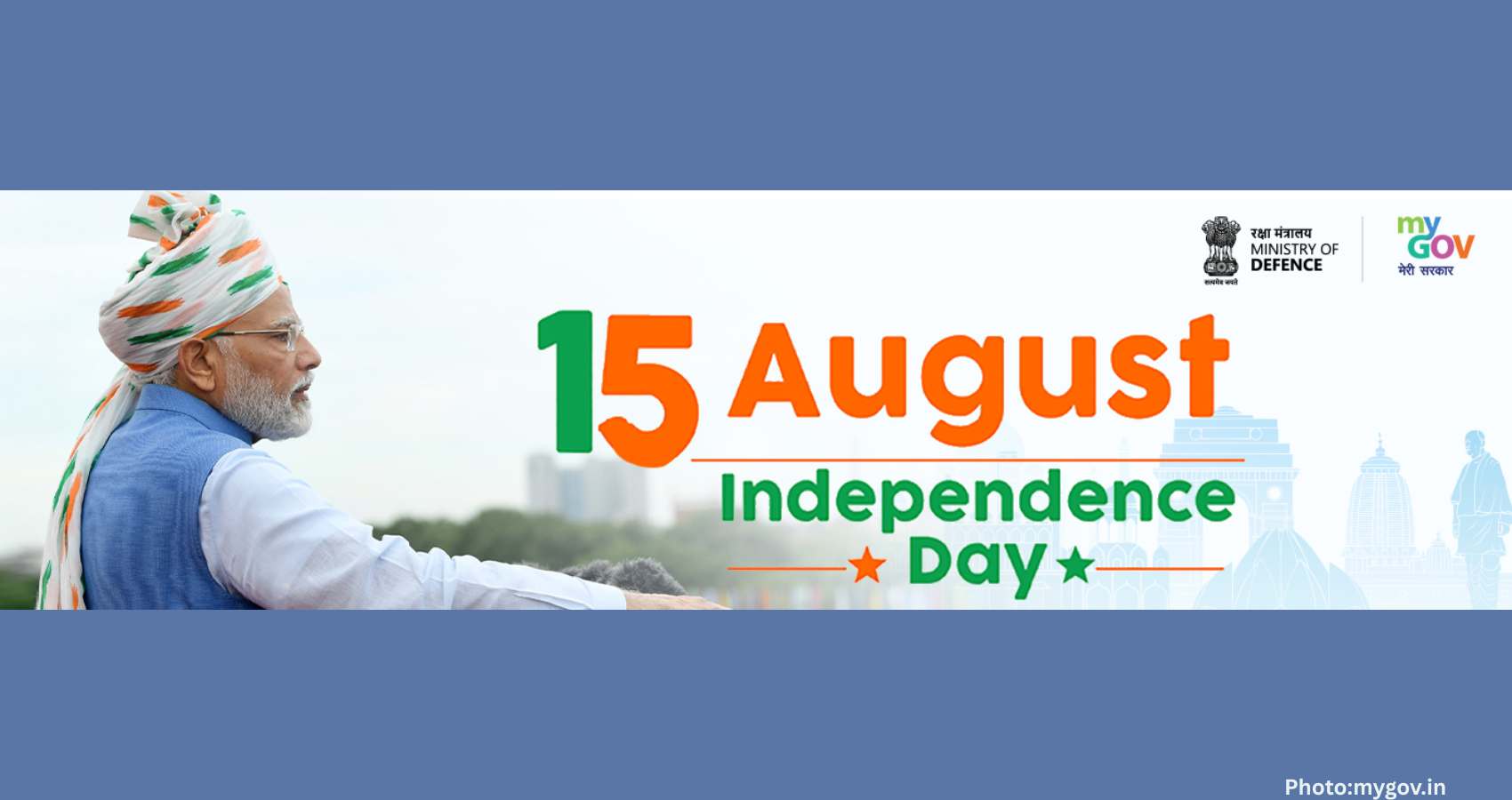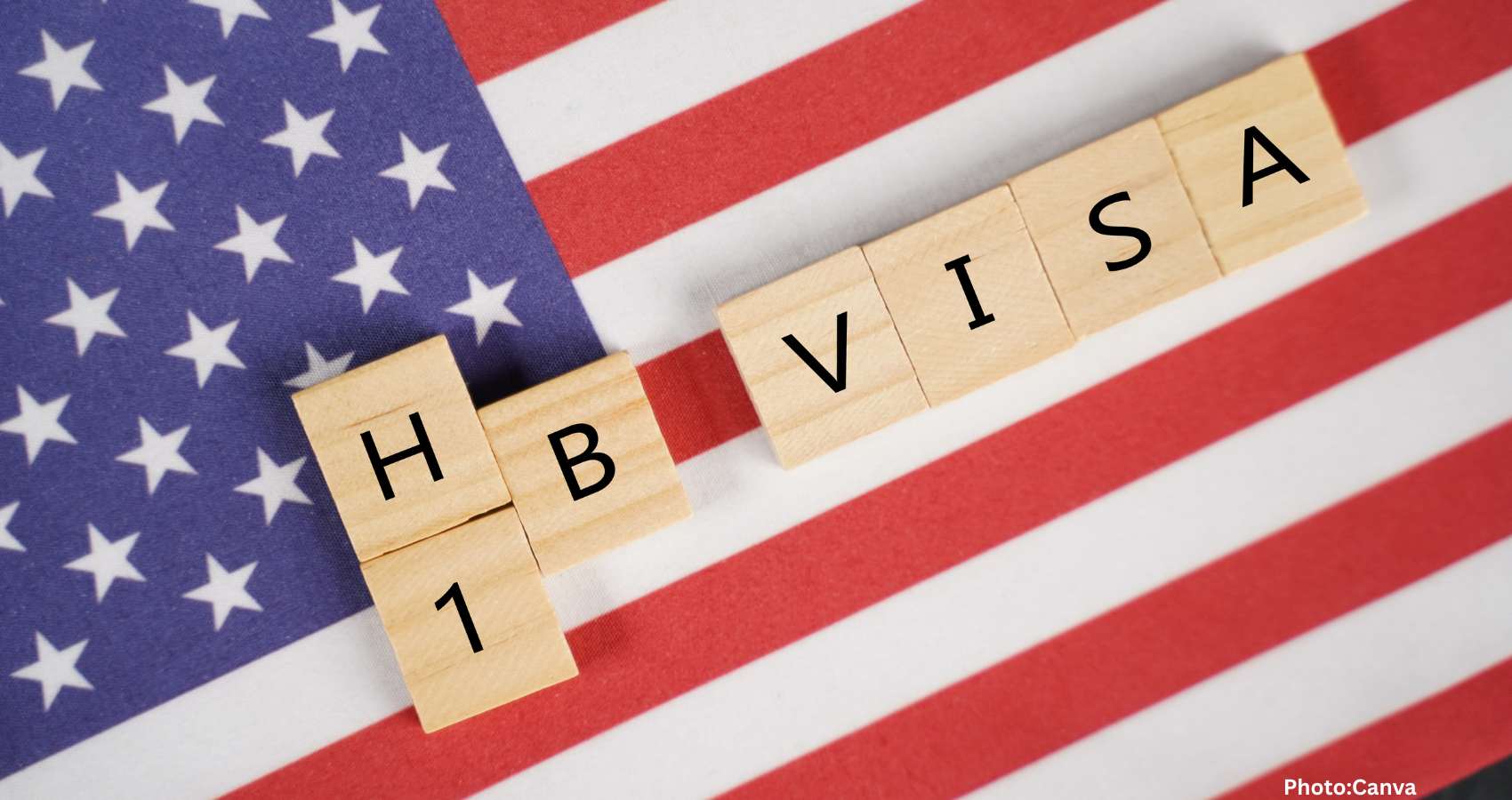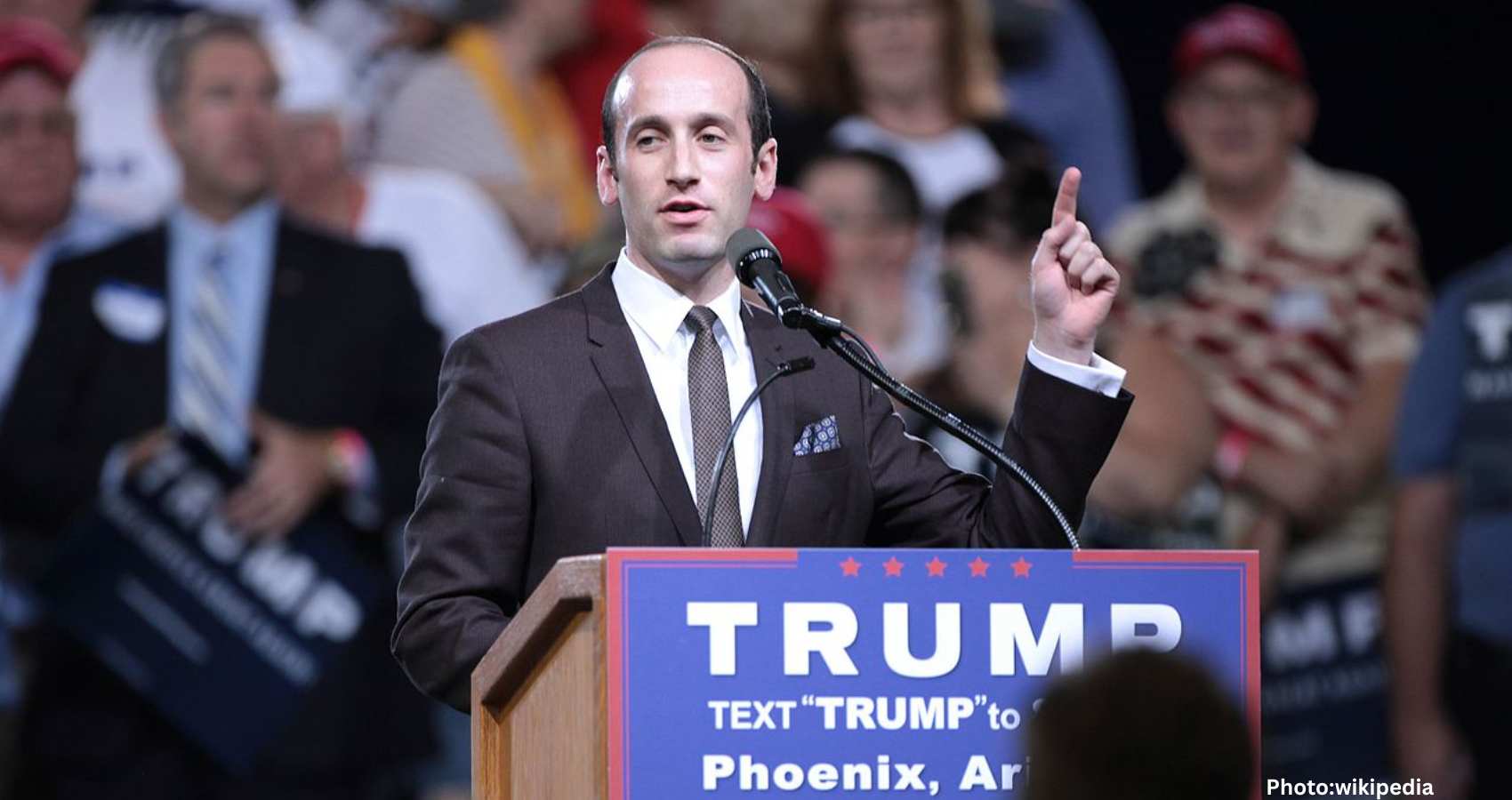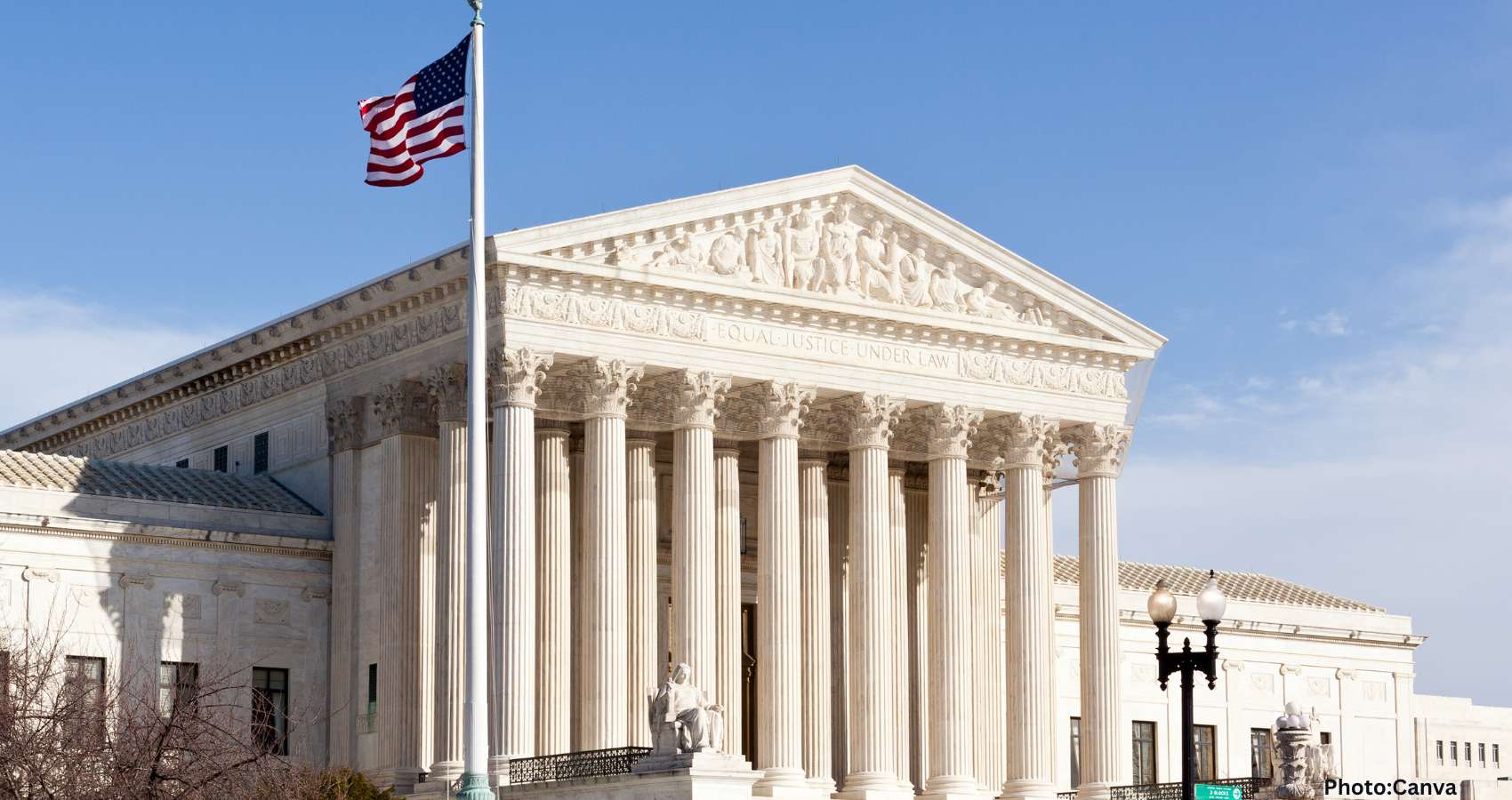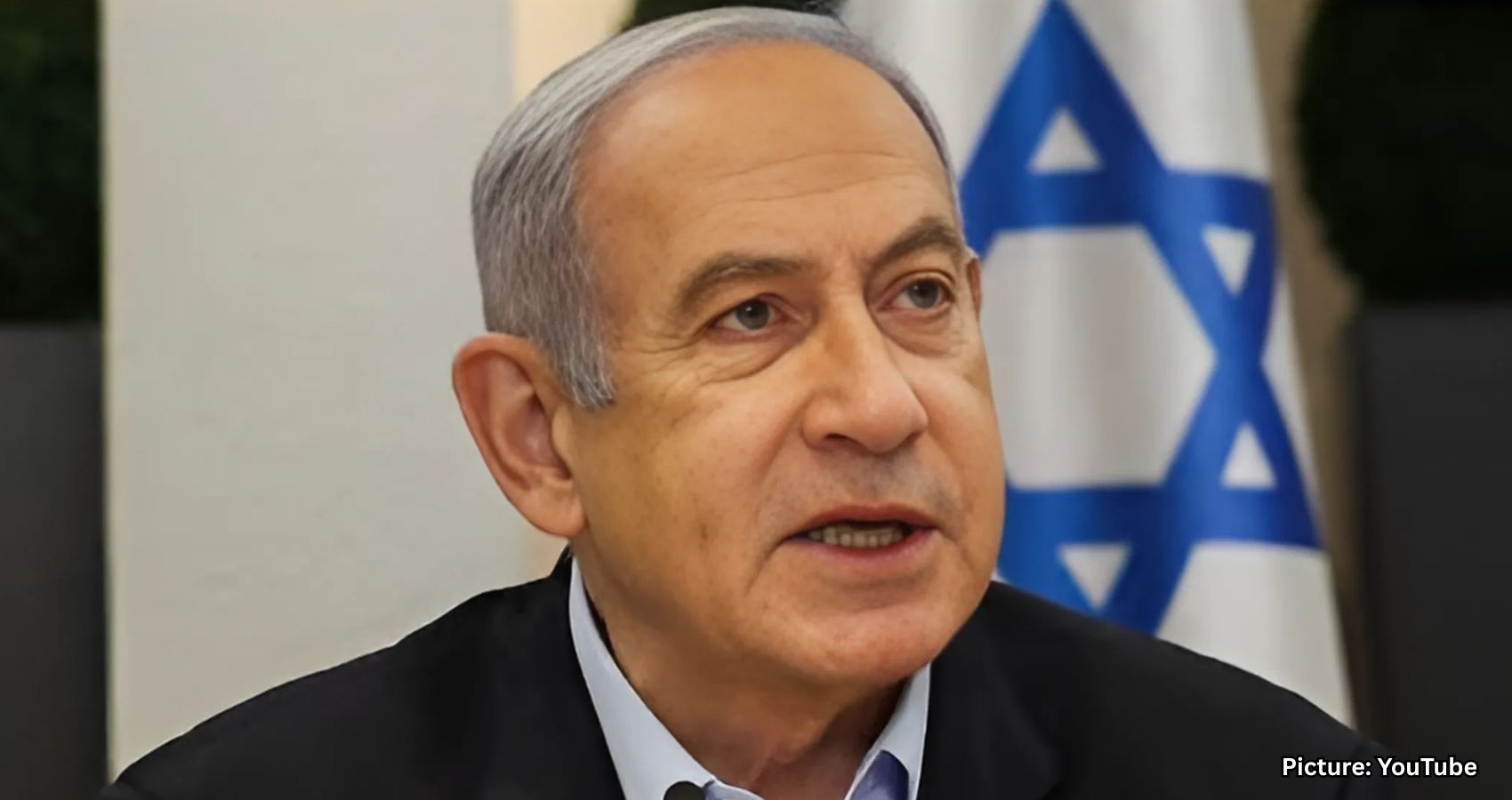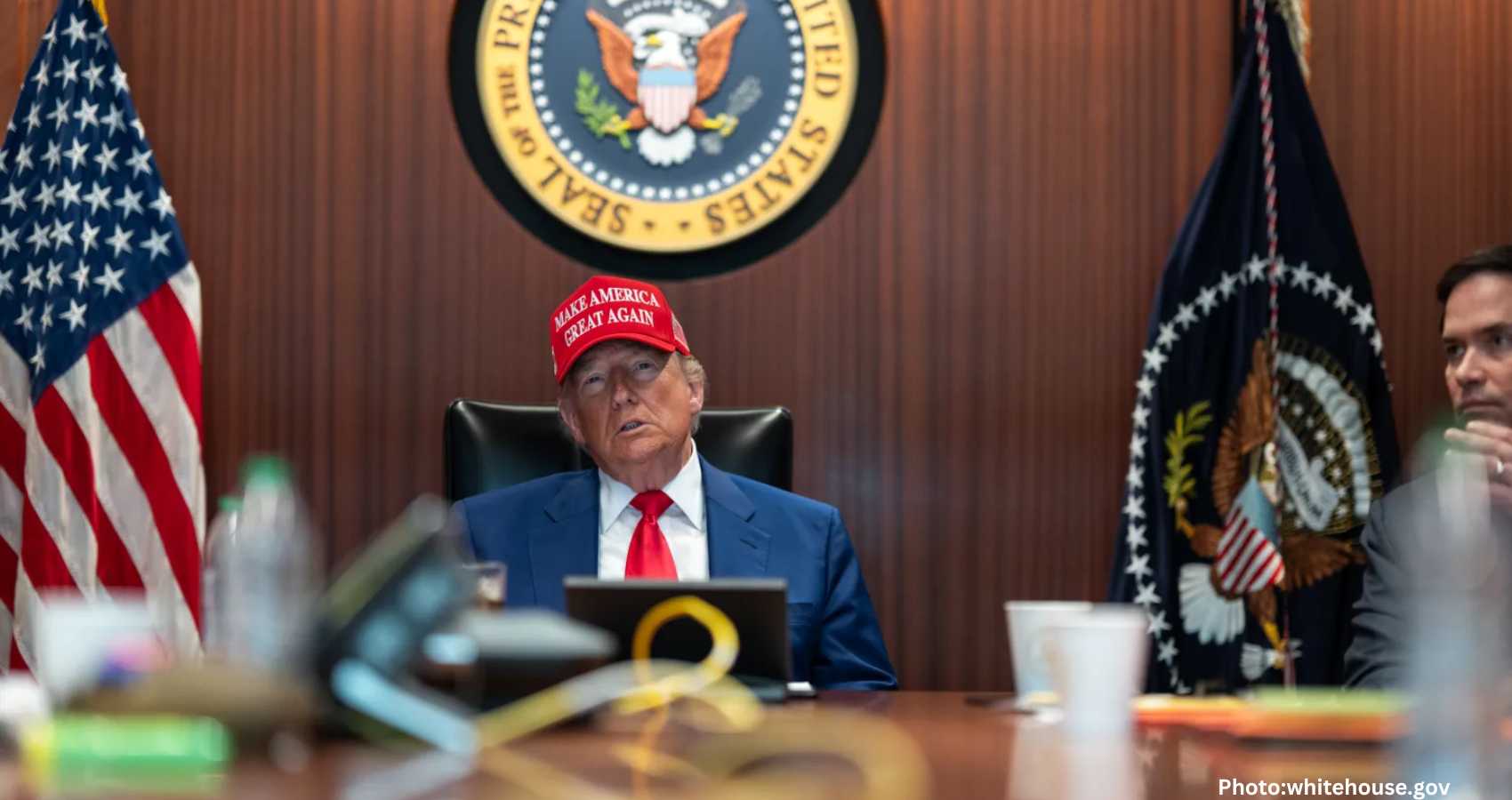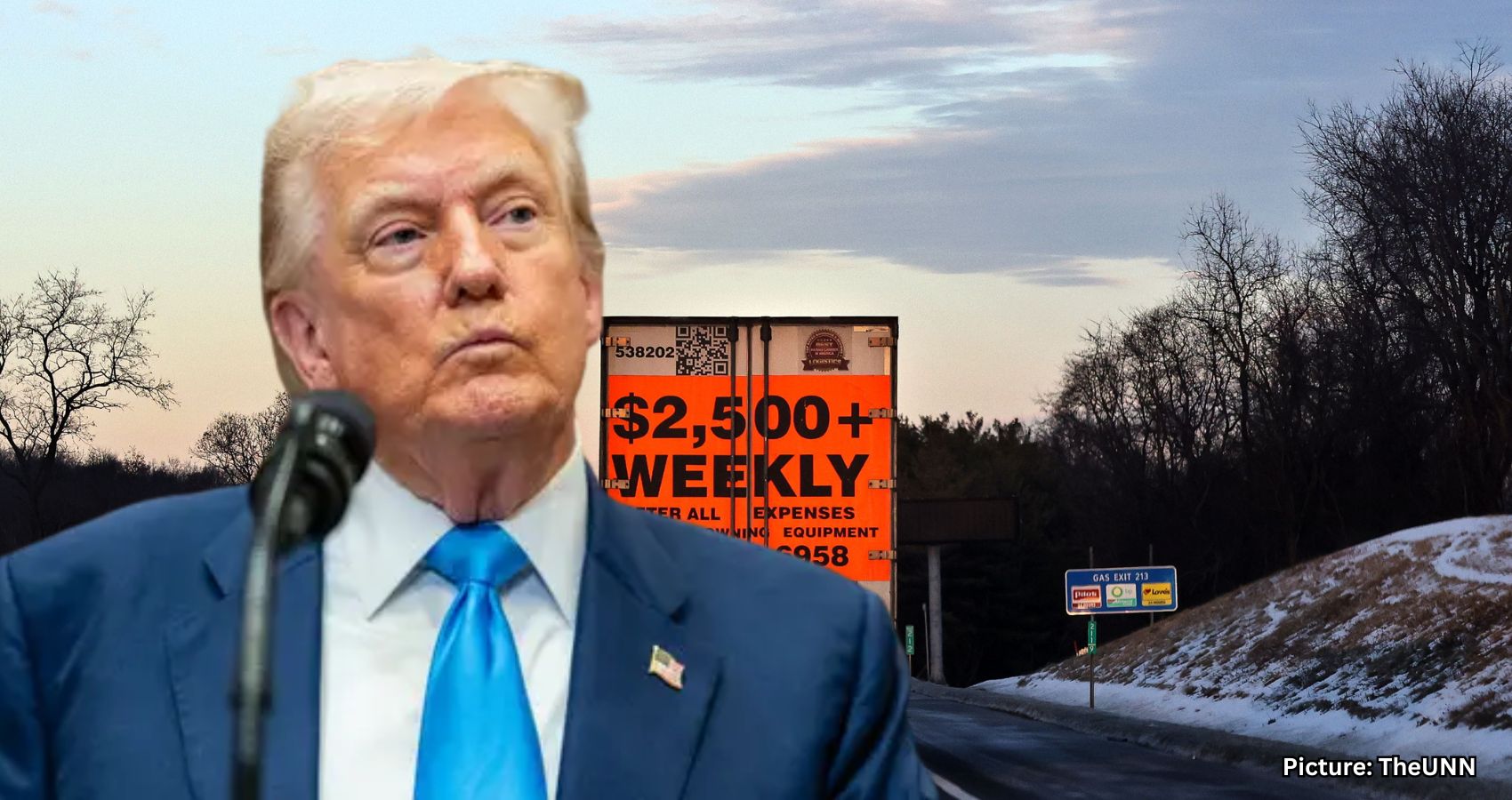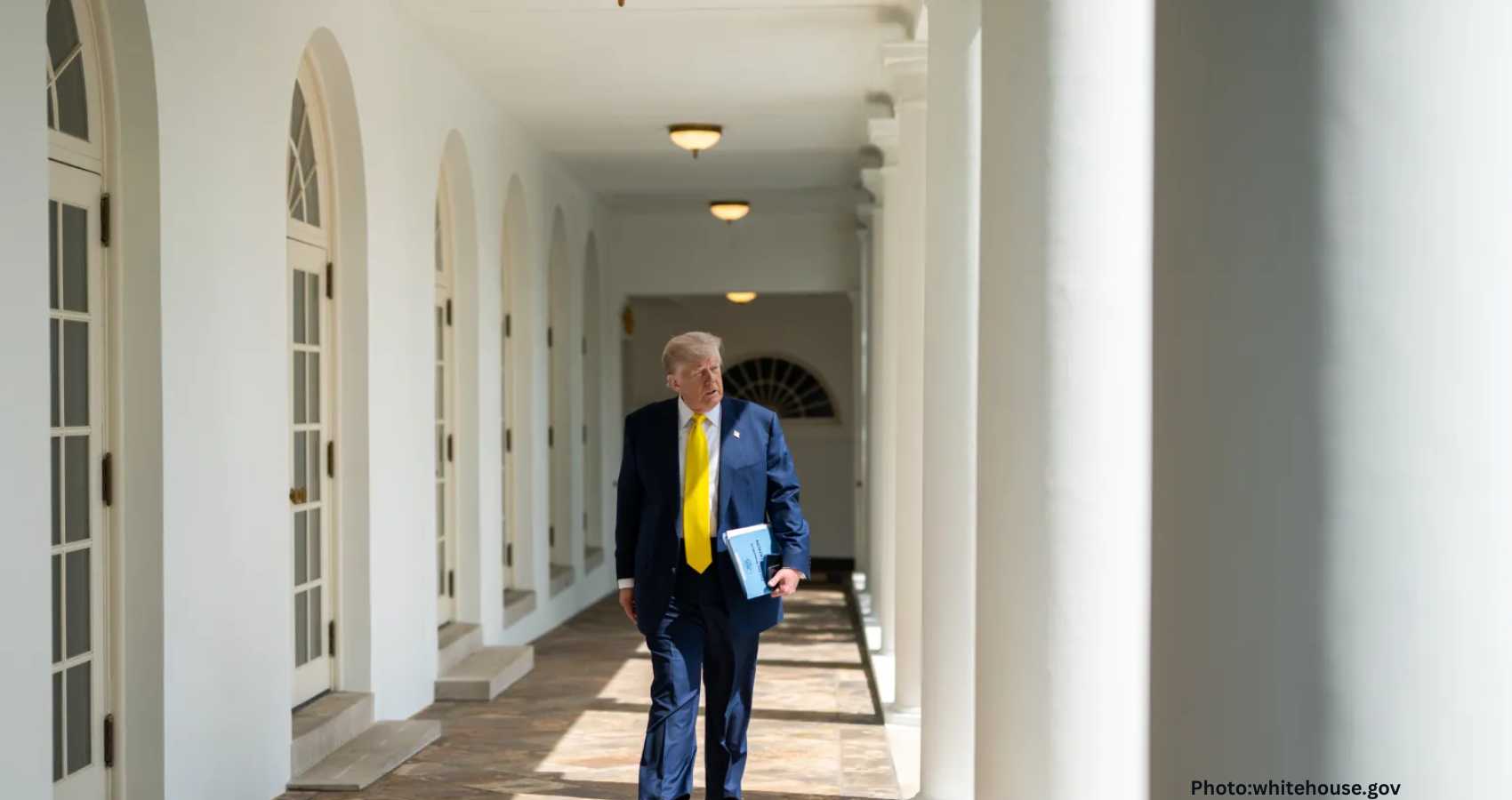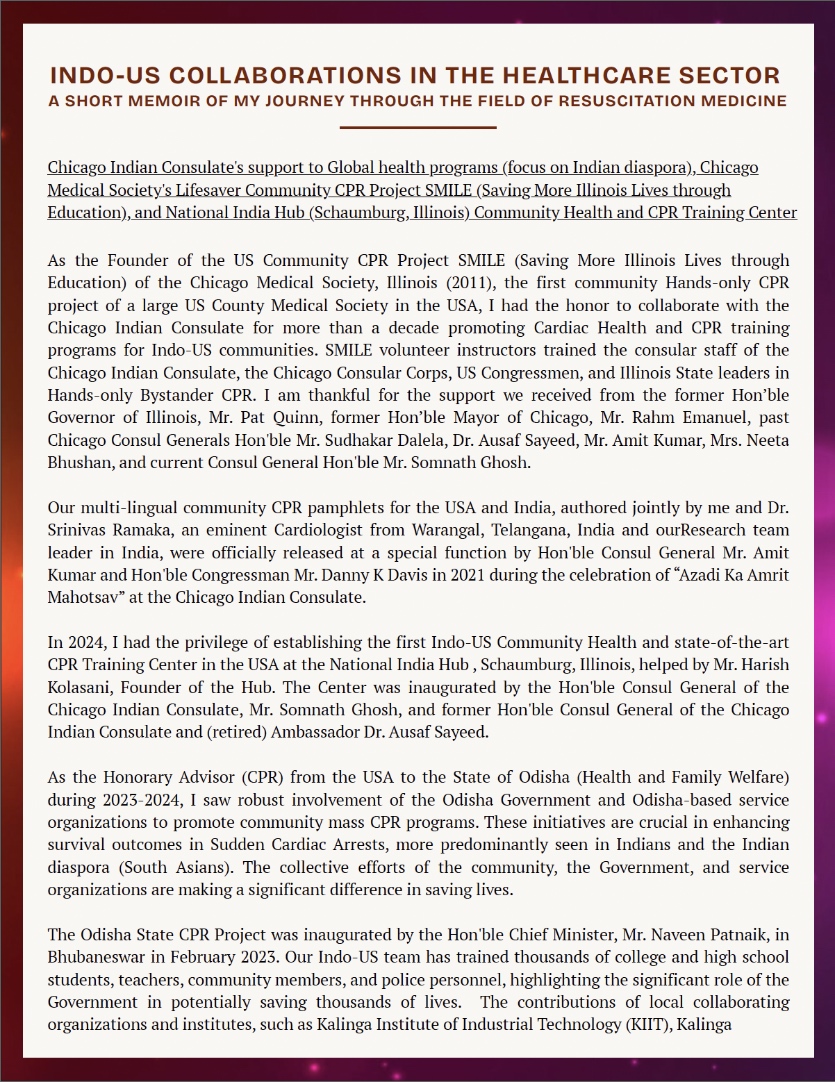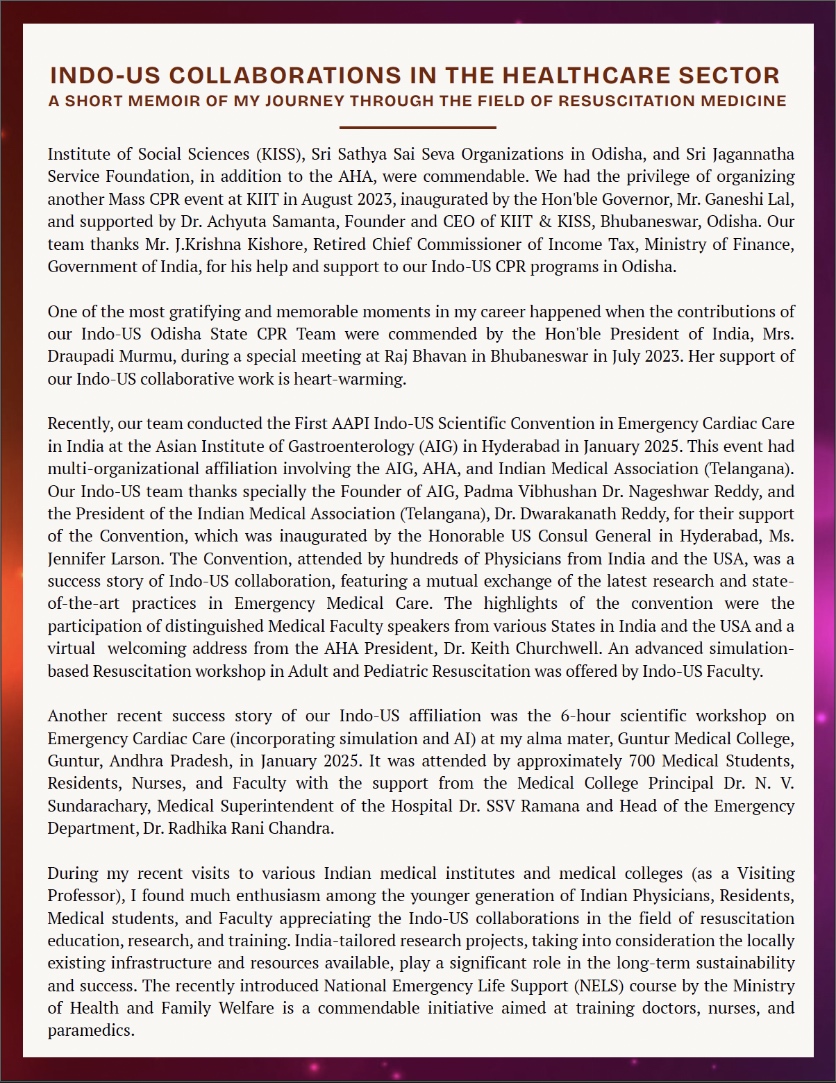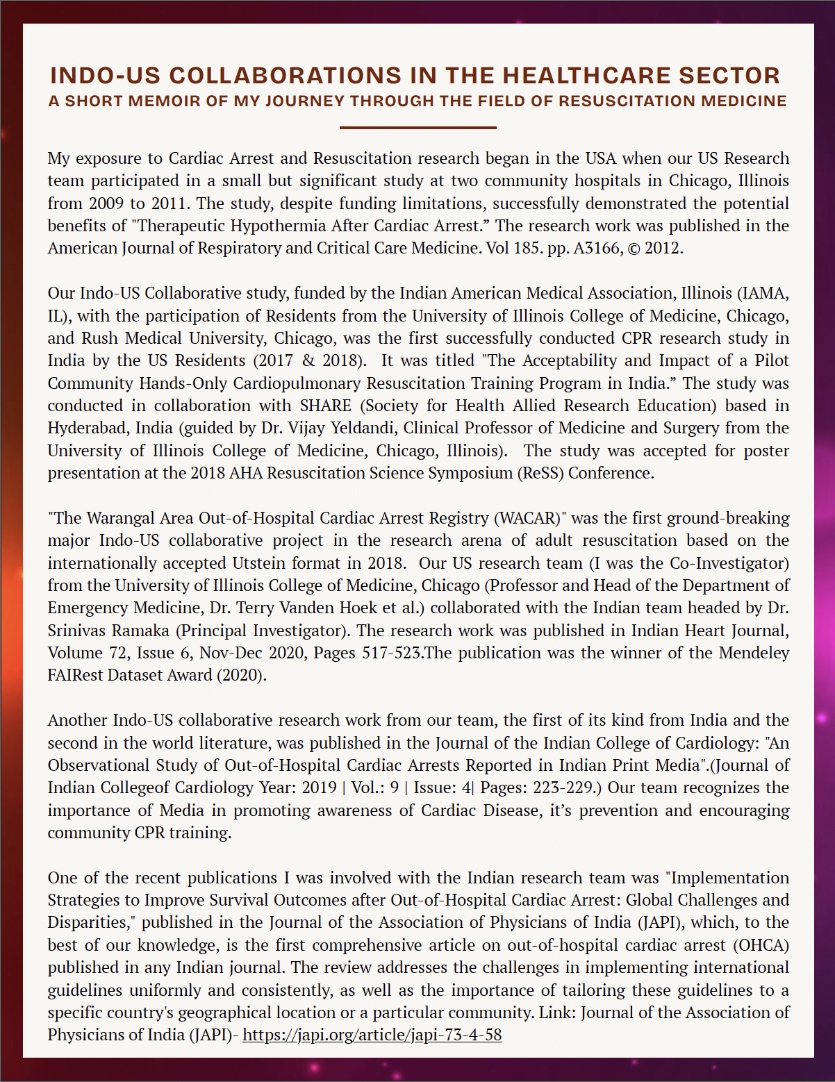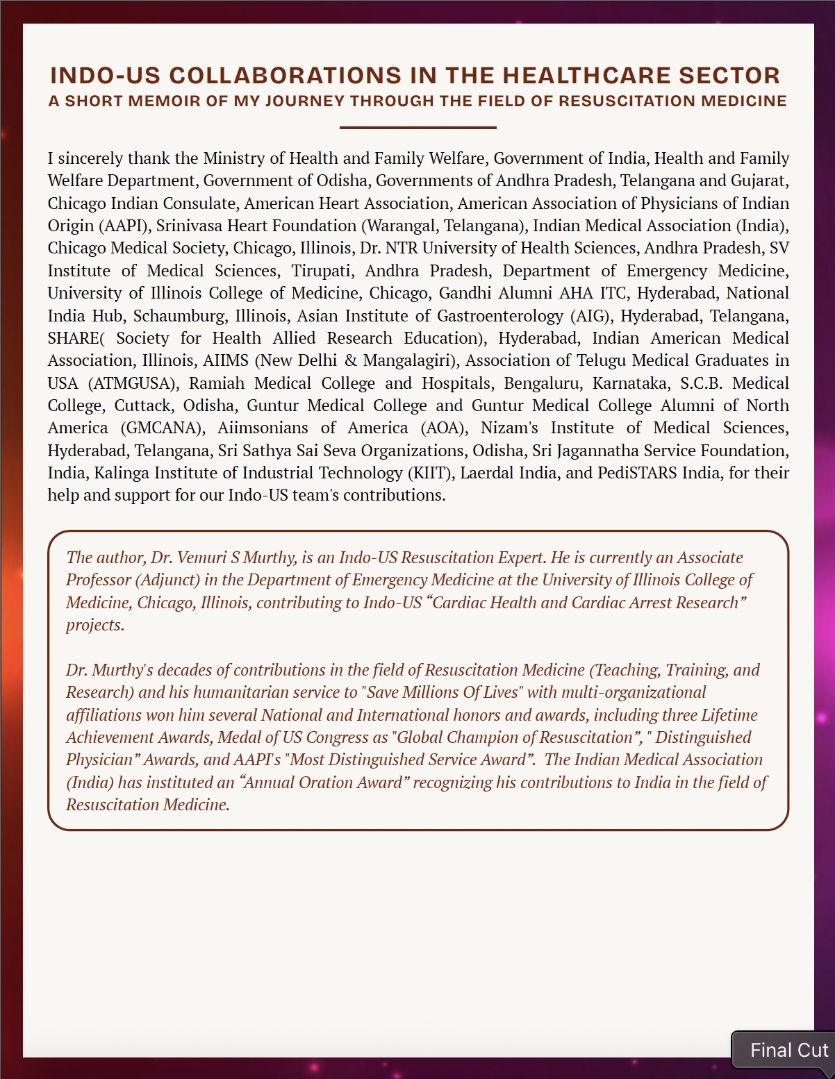Arundhati Roy’s memoir, *Mother Mary Comes to Me*, explores the complexities of her relationship with her mother, revealing the profound impact of intergenerational trauma and familial violence.
In *Mother Mary Comes to Me*, Arundhati Roy delivers a stark and deeply emotional portrait of intergenerational trauma and familial violence, intimately recounting her life experiences with and without her mother.
Roy’s mother, Mary, was a formidable figure whose legacy extended beyond her role as a woman and educator. Mary Roy notably challenged the Travancore Christian Succession Act of 1916, which denied women in parts of Kerala equal inheritance rights, ultimately taking her fight to the Supreme Court and winning. With sheer determination, she founded Pallikoodam in Kottayam, Kerala, an innovative school celebrated for its progressive curriculum that emphasized arts, music, and athletics.
Arundhati describes her mother as someone who conducted herself with the edginess of a gangster, unleashing her genius, eccentricity, radical kindness, militant courage, and unpredictable temper on their insular Syrian Christian society. This vivid portrayal illustrates how Mary made space for all aspects of herself within their small world.
However, Mary Roy was also a tough and broken woman. Her father was abusive, inflicting violence on his children and even injuring his wife. To escape this environment, Mary married the first man who proposed to her. Arundhati’s father, described as a “Nothing Man” and an alcoholic, further complicated their lives. Following her separation from him, Mary took her young children, Arundhati and her brother Lalith Kumar Christopher Roy (LKC), back to Kerala, unable to endure her husband’s presence any longer.
Returning to Ayemenem, just outside Kottayam, shattered Arundhati’s childhood further. She faced the stigma of being fatherless while living among “decent people.” Yet, she gradually became part of the landscape, forming a connection with the river, the village, and the wilderness, often retreating home as seldom as possible.
Roy’s narrative captures the emotional dislocation and societal judgment that defined her upbringing, while also revealing her quiet rebellion against adversity. Arundhati and her brother became their mother’s only refuge, but this came with unpredictability and emotional turmoil. She learned to navigate her mother’s moods, constantly anticipating the next outburst. Her mother’s love was often entangled with emotional blackmail, as she would say, “I love you Double,” leveraging their father’s absence against them.
Mary’s rage toward men, shaped by her experiences with her father, husband, and brother, was often redirected toward her son. In a particularly harsh moment, she told him, “You’re ugly and stupid. If I were you, I’d kill myself.” As an adult, Arundhati recognized that her brother was the only man her mother could punish for the perceived sins of the world. This dynamic fostered distrust between the siblings, as their mother played them off against each other.
In the early chapters of *Mother Mary Comes to Me*, Roy sets the stage for a turbulent adulthood shaped by the inescapable legacy of intergenerational trauma. The question arises: who escapes such an inheritance without being scarred?
Like many children shaped by trauma, Arundhati oscillated between hating her mother and loving her unconditionally. She quickly learned that excelling academically was her ticket to her mother’s approval, a survival strategy that became essential. Mary encouraged her to write, even editing her work with ruthless precision. However, as Arundhati’s literary success grew, her mother began to resent the author she had become.
Reflecting on her experiences, Arundhati writes, “I learned early that the safest place can be the most dangerous. And that even when it isn’t, I make it so.” These lines encapsulate the lifelong battle she waged within herself—a struggle that resonates throughout her Booker Prize-winning novel, *The God of Small Things*, where characters grapple with trust and the fleeting nature of happiness.
When Arundhati won the Booker Prize, she immediately called her mother, who simply responded, “Well done, baby girl.” This moment, which should have been one of the happiest in her life, was overshadowed by the persistent elusiveness of a solid relationship with her mother. Arundhati reflects that this was “the price I paid for being Mother Mary’s daughter.”
Following Mary Roy’s death, Arundhati found herself inconsolable, unraveling under the weight of their complicated relationship. The daughter who had spent her life resisting her mother’s control was ultimately broken by her absence.
In contrast, her brother LKC navigated the aftermath with a quieter resilience. He grew into himself with confidence, marrying and becoming a father, pouring love into his child. While Arundhati carried her mother’s fire, LKC found peace and a way to live despite their shared past.
The memoir delves into the profound mystery of Arundhati’s love for her mother. She muses, “If I could understand myself better, I’d probably understand a lot more about the world and certainly about my country, in which so many people seem to revere their persecutors and appear grateful to be subjugated.”
This inner conflict has fueled her lifelong battle against both personal and societal injustices, as she passionately advocates for marginalized communities, championing causes such as Kashmiri independence, Maoist rebels, environmental movements like the Narmada project, and nuclear disarmament.
Through these struggles, Arundhati embodies her mother’s strength, refusing to be silenced and speaking for those who cannot. At sixteen, she ran away from home to Delhi, marking a pivotal moment in her life. She fled because she felt like an “address-illathu pillaru”—a child without an address, a proper family name, or a true sense of belonging. Some might argue that Arundhati has been running ever since, as even moments of solace in her work or relationships feel temporary and precarious.
*Mother Mary Comes to Me* serves as the origin story of one of India’s most polarizing authors—a woman shaped and often torn by the painful contradictions of her life. It narrates her journey between a progressive education and an insular, patriarchal family structure, juxtaposing her extraordinary success with the wounds of a childhood marked by violence, control, and emotional isolation. Ultimately, it reflects her fierce independence and her enduring quest for her mother’s love and approval.
In sharing this story, Arundhati may not only be reflecting on her past but also seeking to lay certain burdens to rest. Perhaps now, with her mother gone, she will finally find a measure of peace within herself.
Source: Original article


